- Home | Industry Update | Trump's Tariff Turn Creates New Horizon For India In Global ...
Trump's Tariff Turn Creates New Horizon For India In Global Textile Race

A sweeping shift in global textile trade dynamics has unfolded following President Donald Trump decision to impose tariffs on all imports to the United States. This bold move has set the stage for India textile sector to shine, creating fresh opportunities amid tightened competition. As nations like Vietnam, Bangladesh, China, Sri Lanka, and Cambodia face steep tariffs ranging from 37 to 54 percent, India steps into a more advantageous position, attracting interest from global buyers seeking more cost-effective sources.
The Indian textile industry, already known for its diverse product range and large manufacturing base, finds itself facing a comparatively moderate reciprocal tariff of 27 percent. Though the number initially stood at 26 percent, a revision by the White House places it slightly higher. Still, when contrasted with Vietnam 46 percent, China 54 percent, and Cambodia 49 percent, India stands to gain a strong foothold in US markets.
Yet, there remains a note of caution. Rising prices due to global inflation may temper buyer enthusiasm. Industry veteran Naren Goenka, founder and managing director of Texport Industries, highlighted that while the new duty structures open exciting possibilities for India, they could also trigger inflation, thereby shrinking demand. However, if this landscape remains steady, India long-term advantage could solidify.
Major textile firms such as Trident, Welspun India, Arvind, KPR Mill, Vardhman Textiles, Page Industries, Raymond, and Alok Industries may witness a significant boost, with the US market contributing 20 to 60 percent of their revenue. Meanwhile, Türkiye and Brazil facing a more lenient 10 percent tariff may also appeal to American buyers, as could European nations like Italy, Germany, and Spain with their 20 percent rates.
11:00 AM, May 05
Other Related Topics
Industry Update
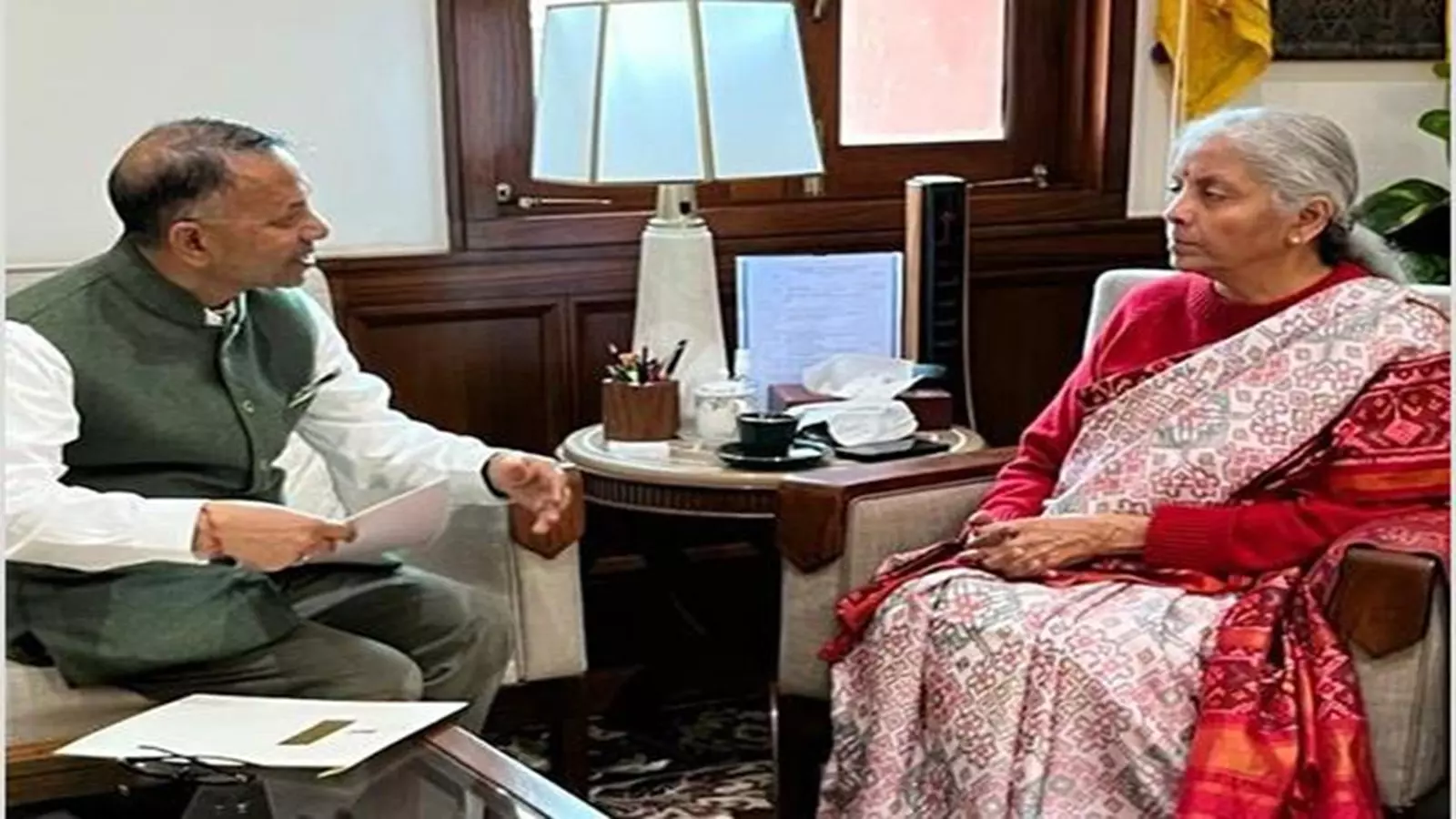
Ludhiana MP Rajinder Gupta Presses Textile Sector Concerns in Meeting with FM Sitharaman...view more

India's Mandatory Garment Labelling Rule: Care, Origin, and Fabric Details Now Essential...view more

Europe’s Textile Sector Alarms as Ultra-Fast Fashion Firms Partner With Postal Operators...view more

Carrington Textiles Introduces Defence Stock Range for Faster Access to Military Fabrics...view more



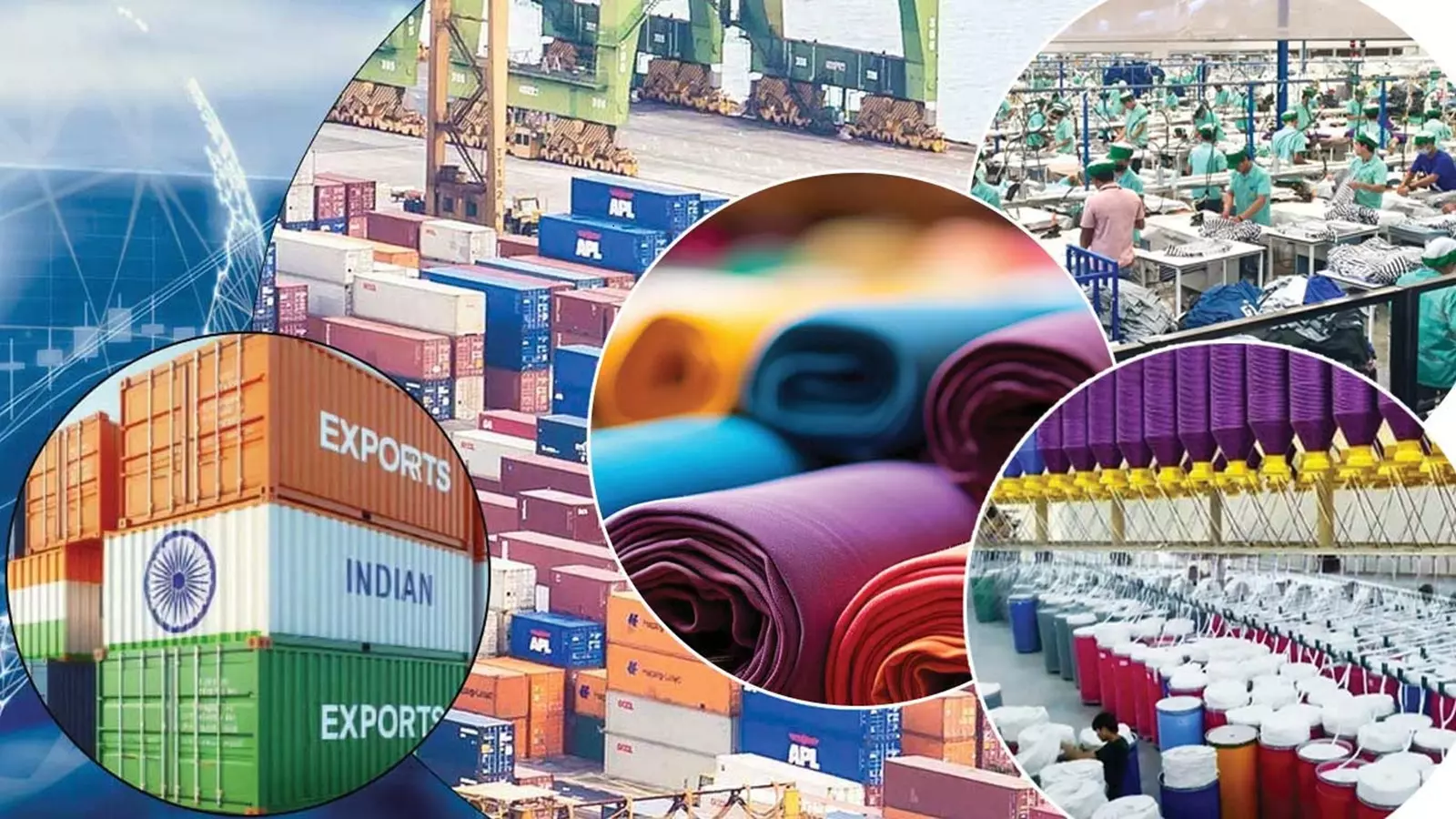

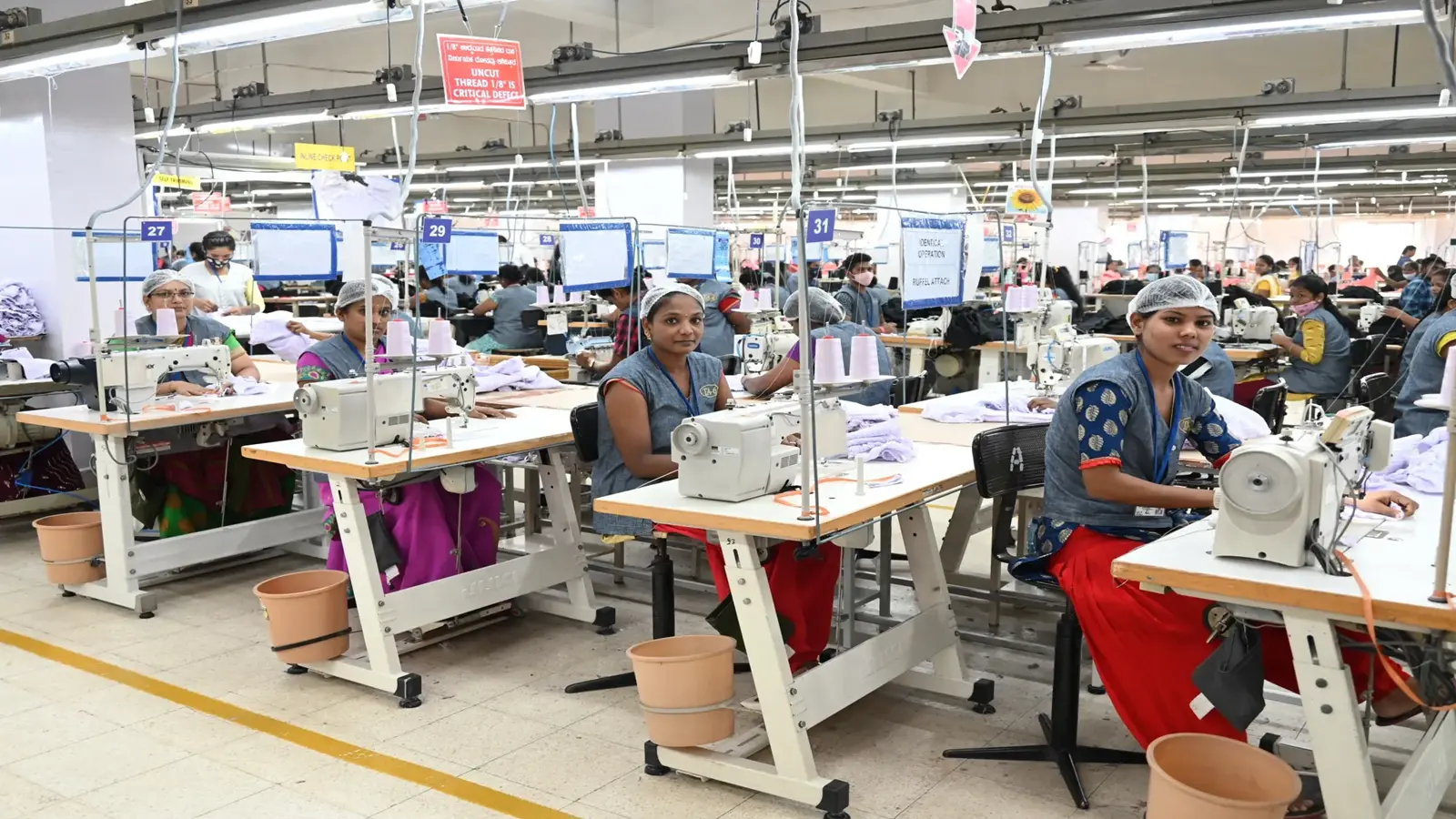
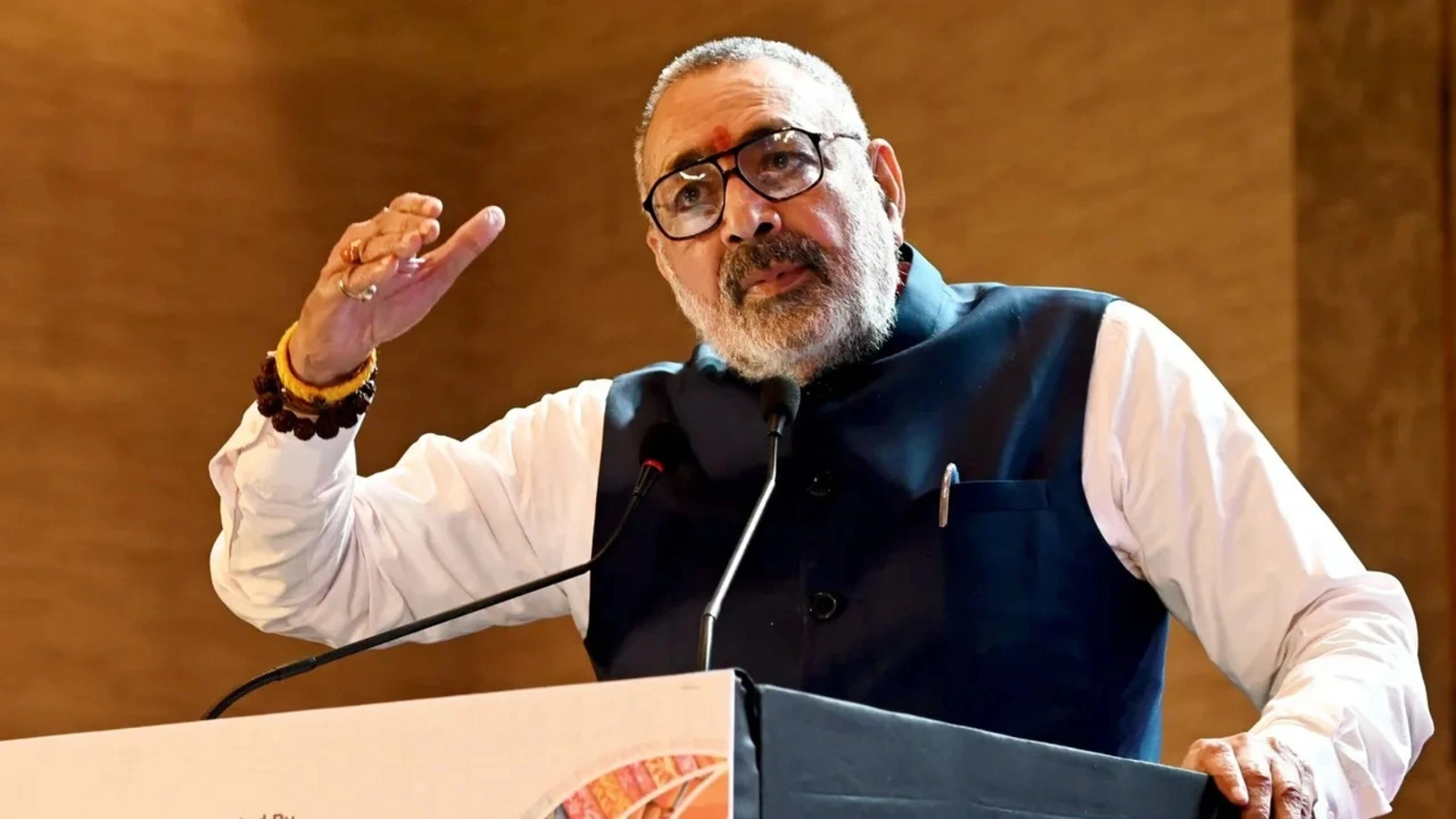
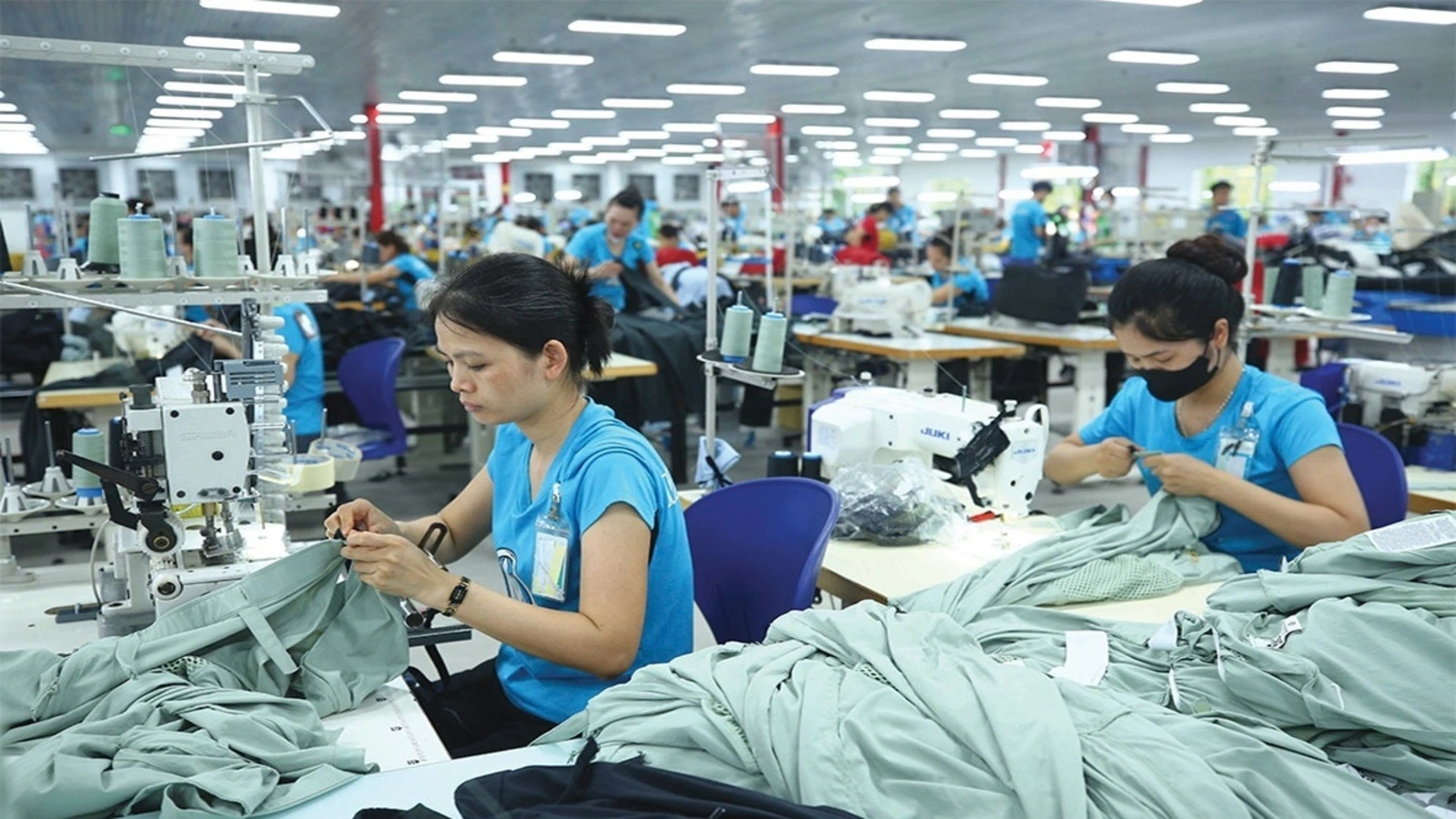
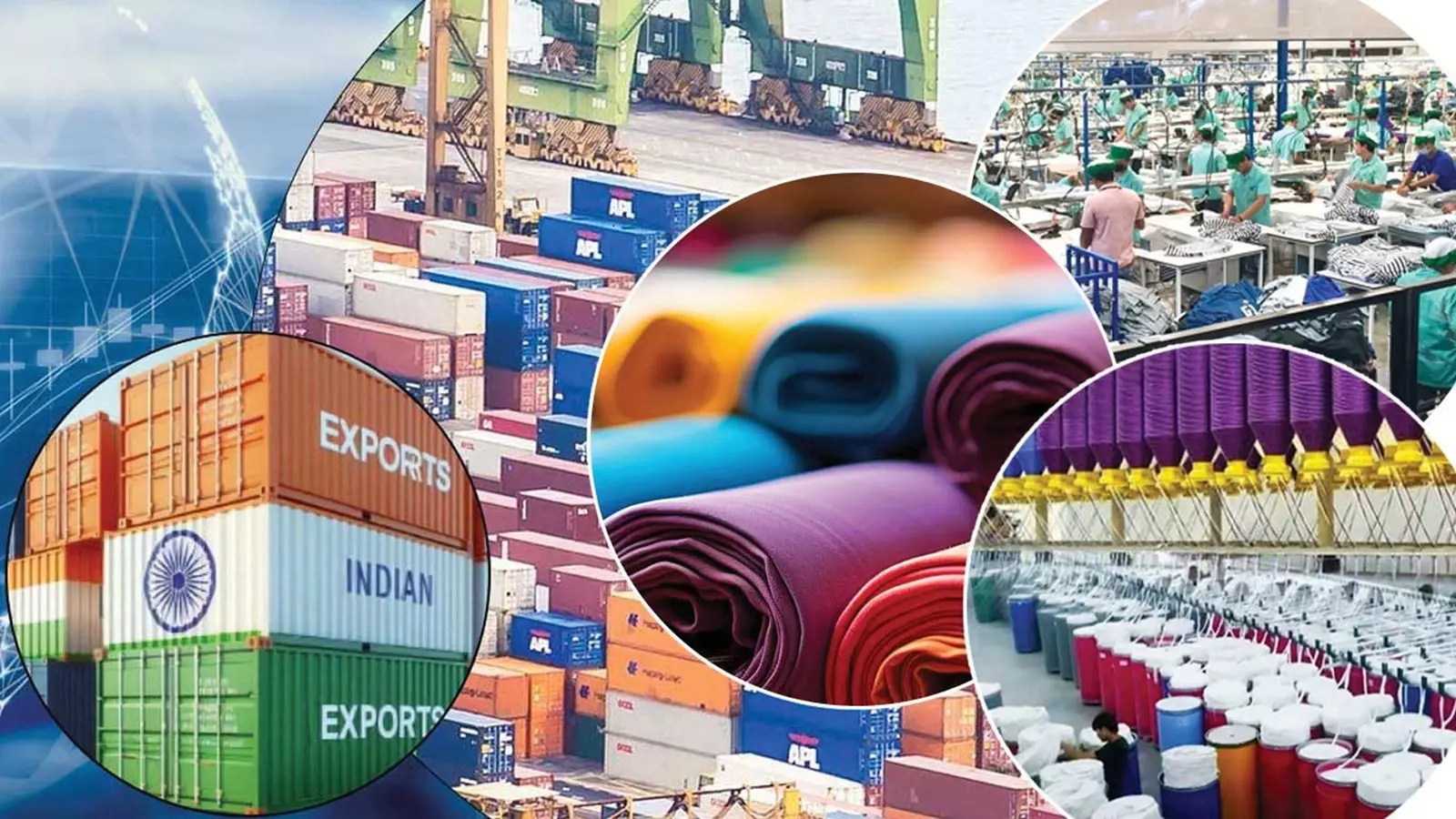

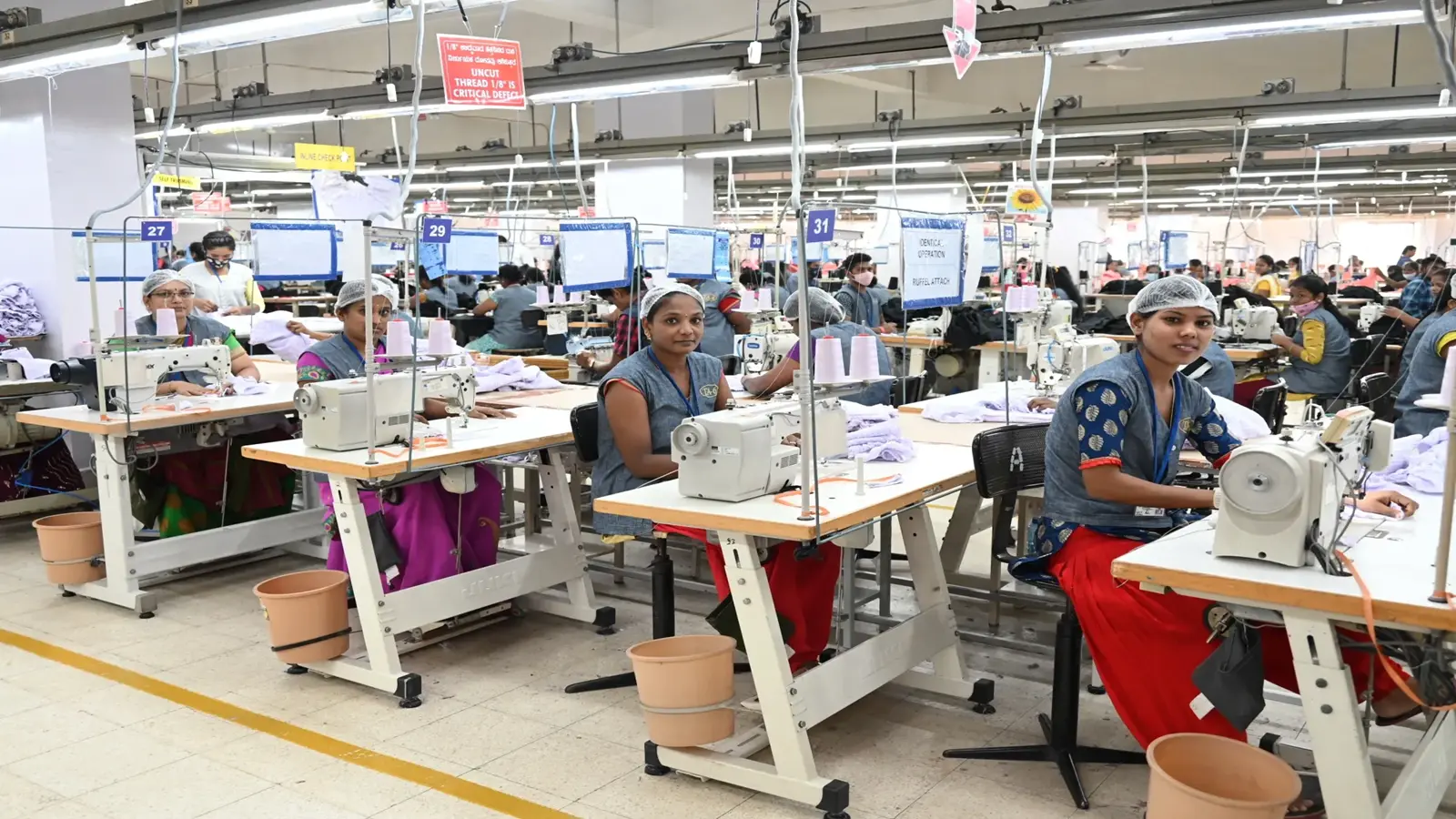
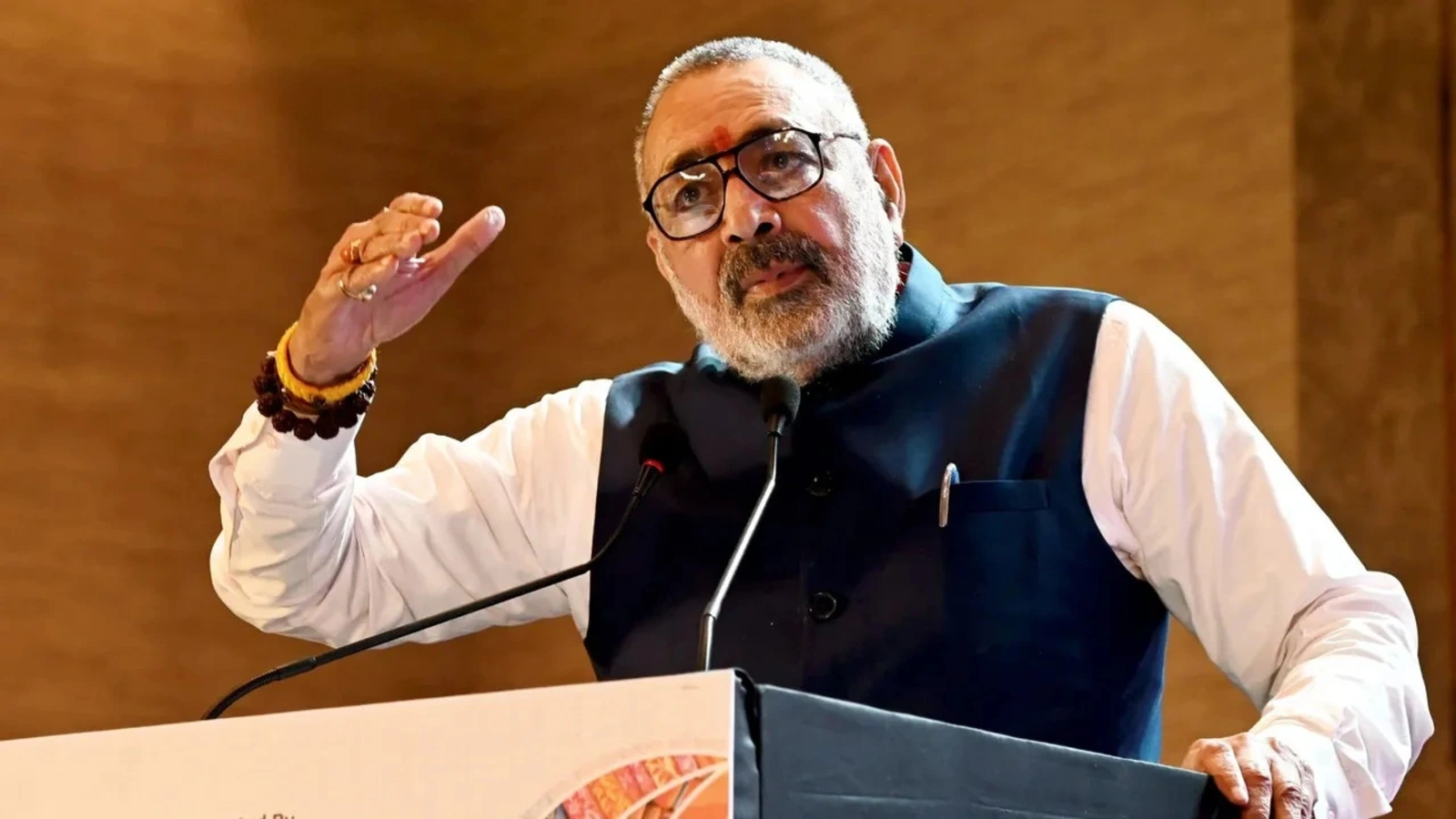
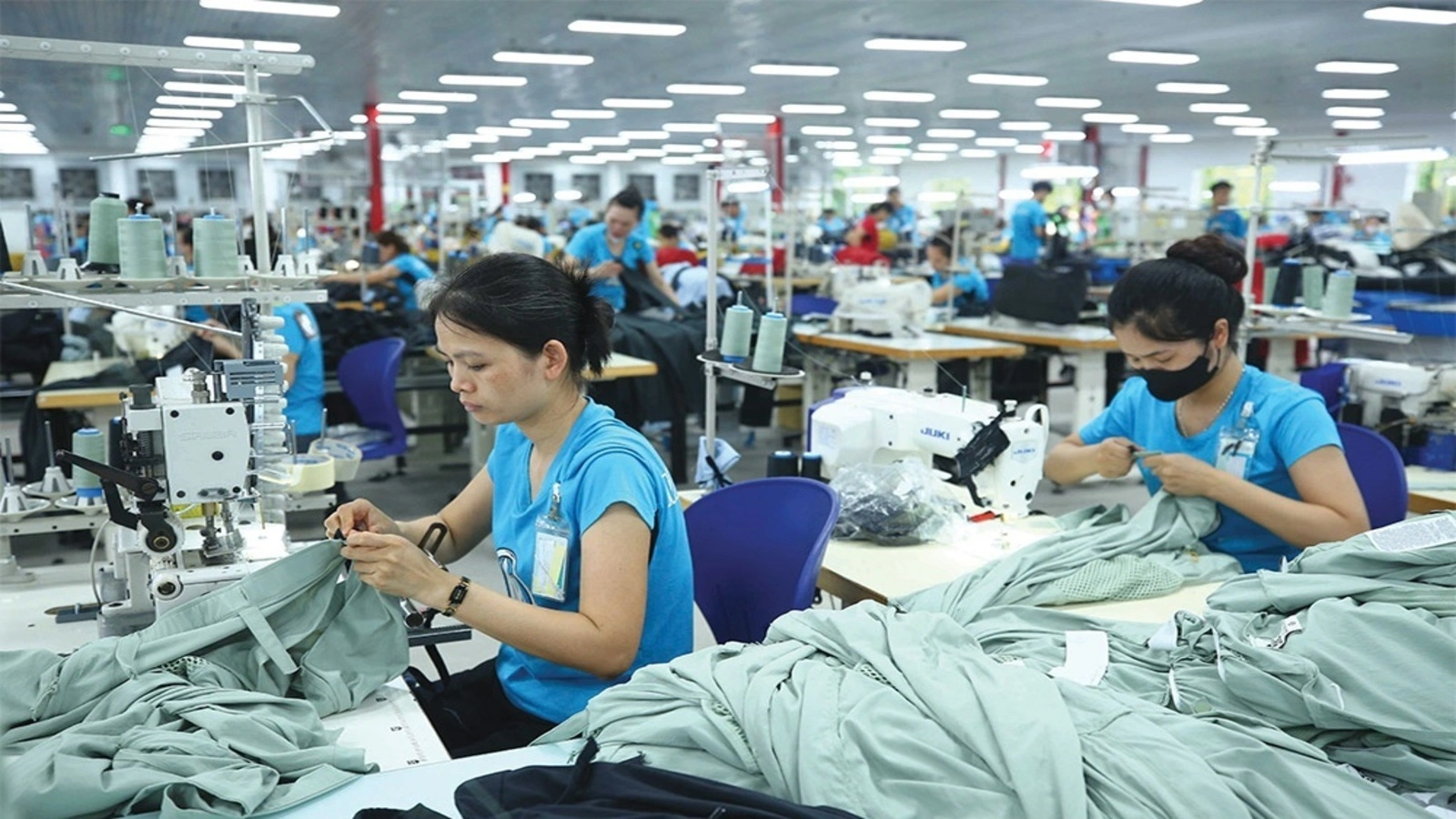
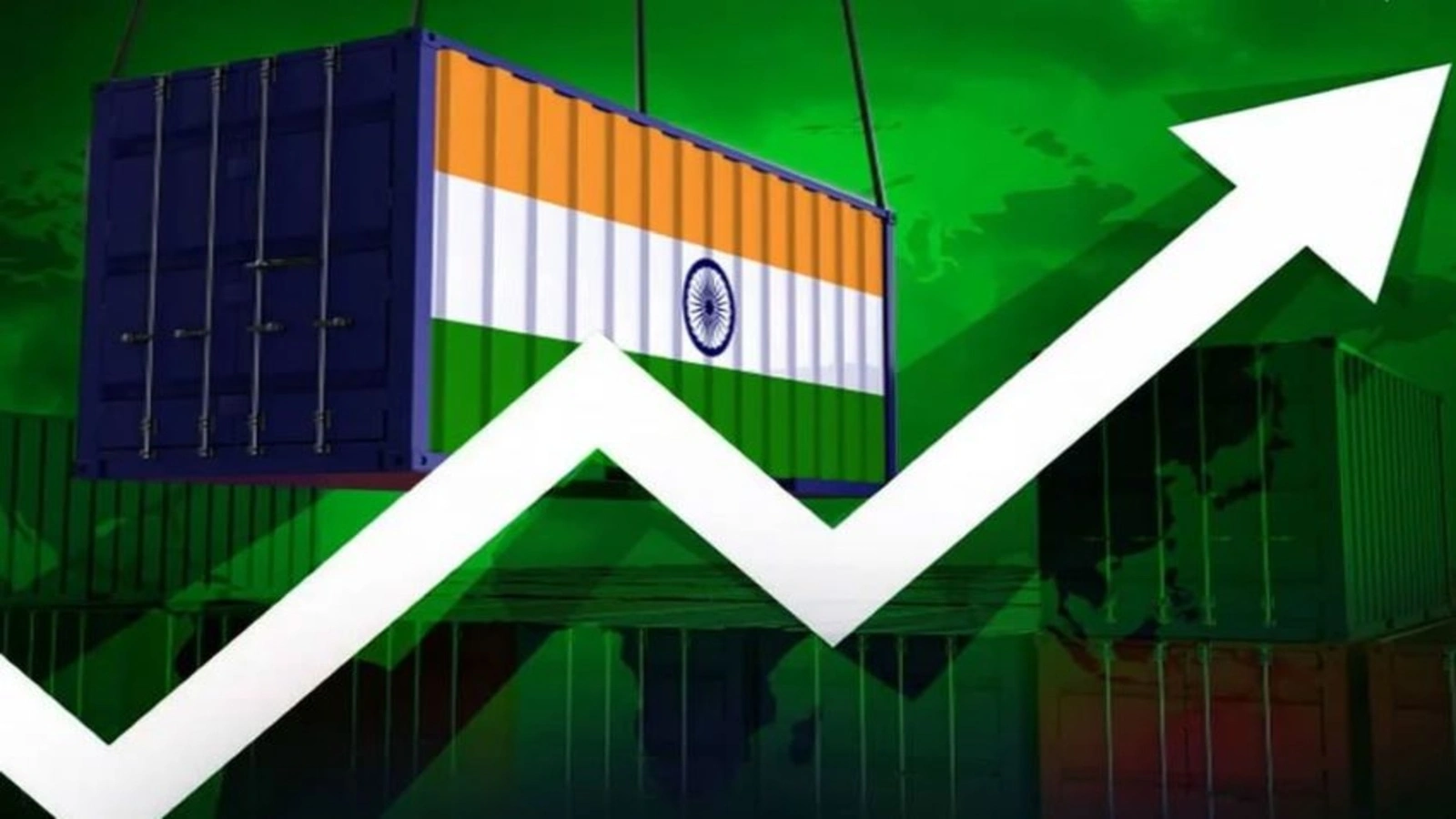
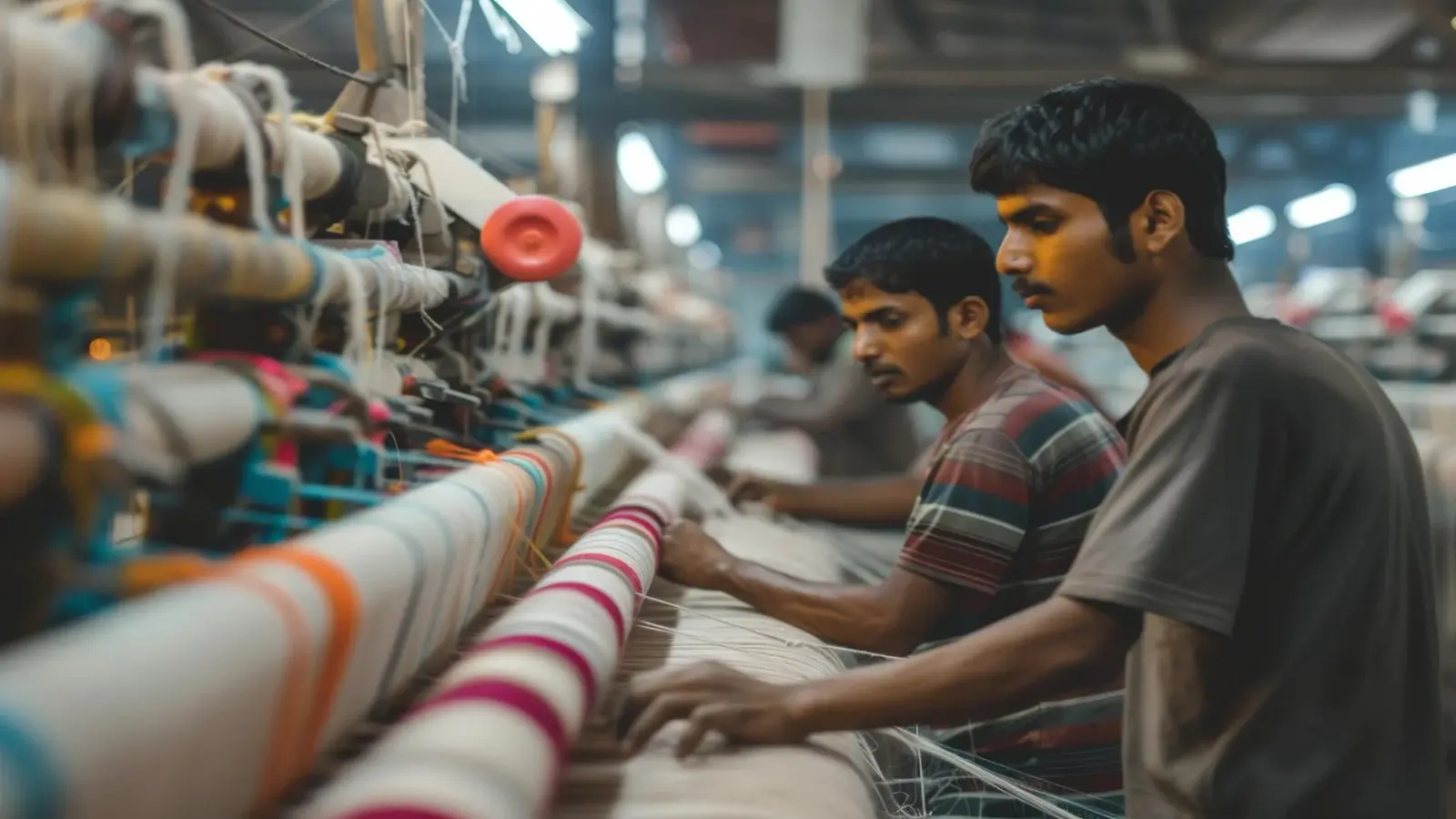

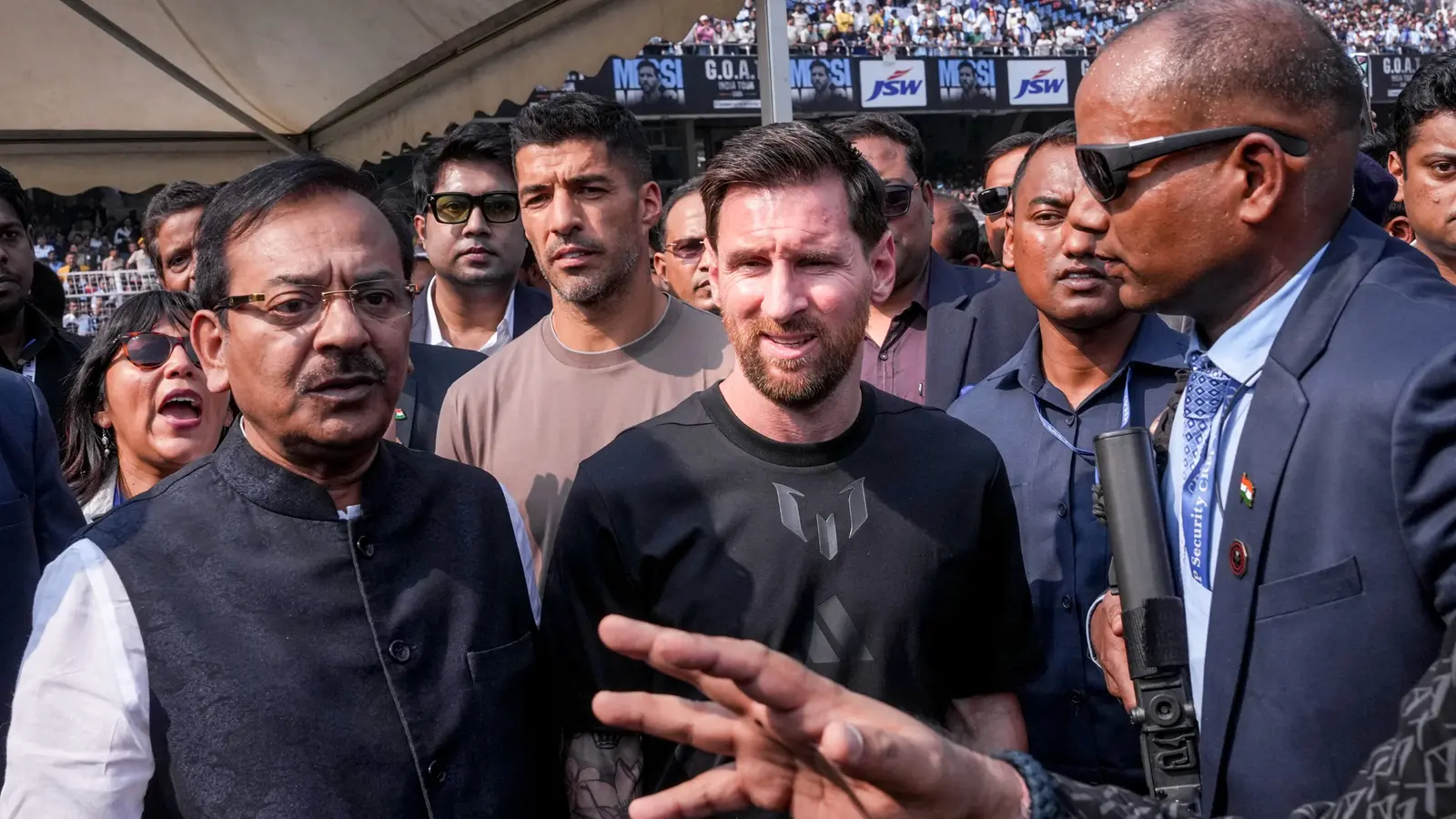
1.webp)
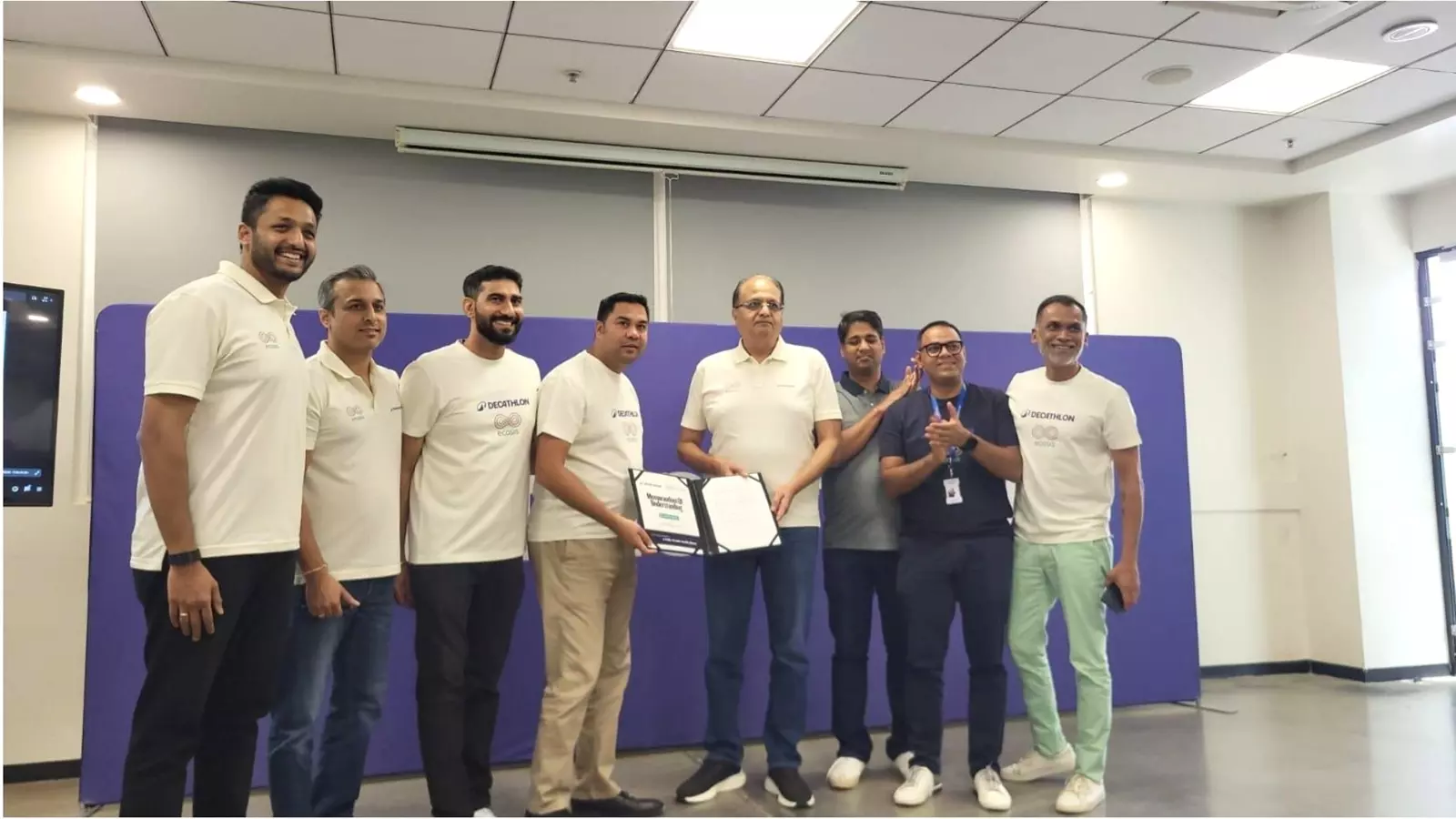
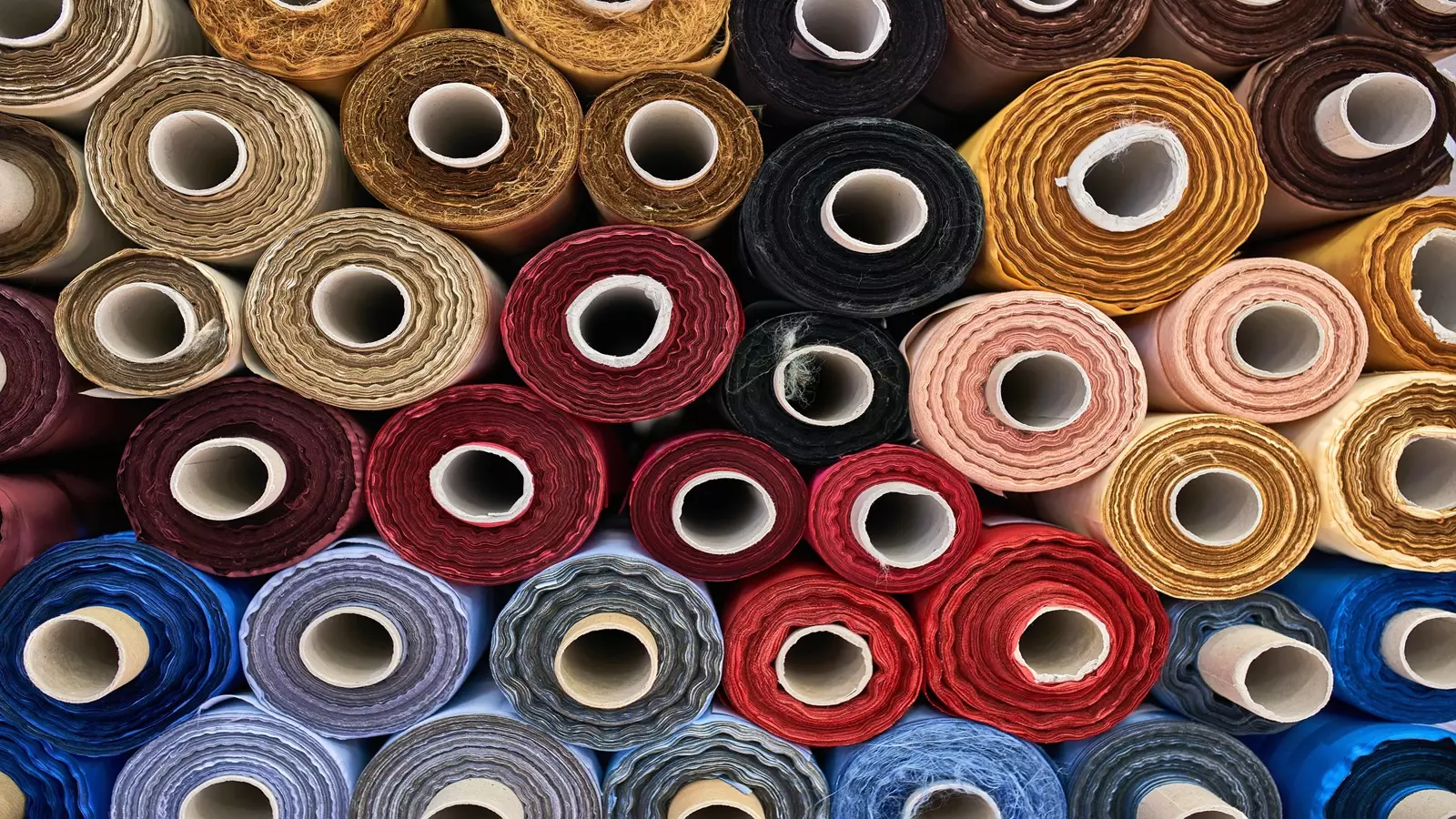






1.webp)


1.webp)
1.webp)
1.webp)
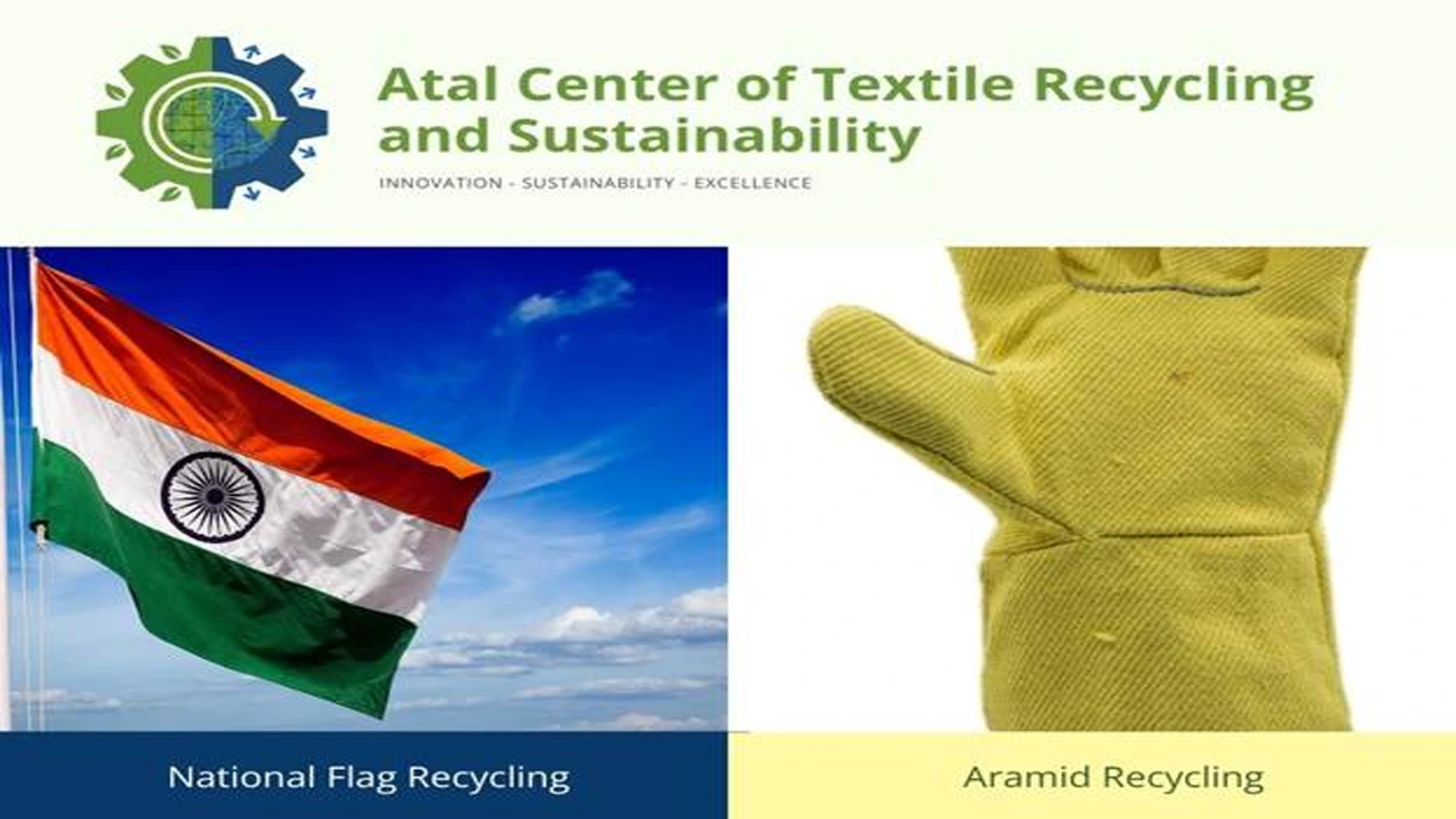
1.webp)

1.webp)

.webp)



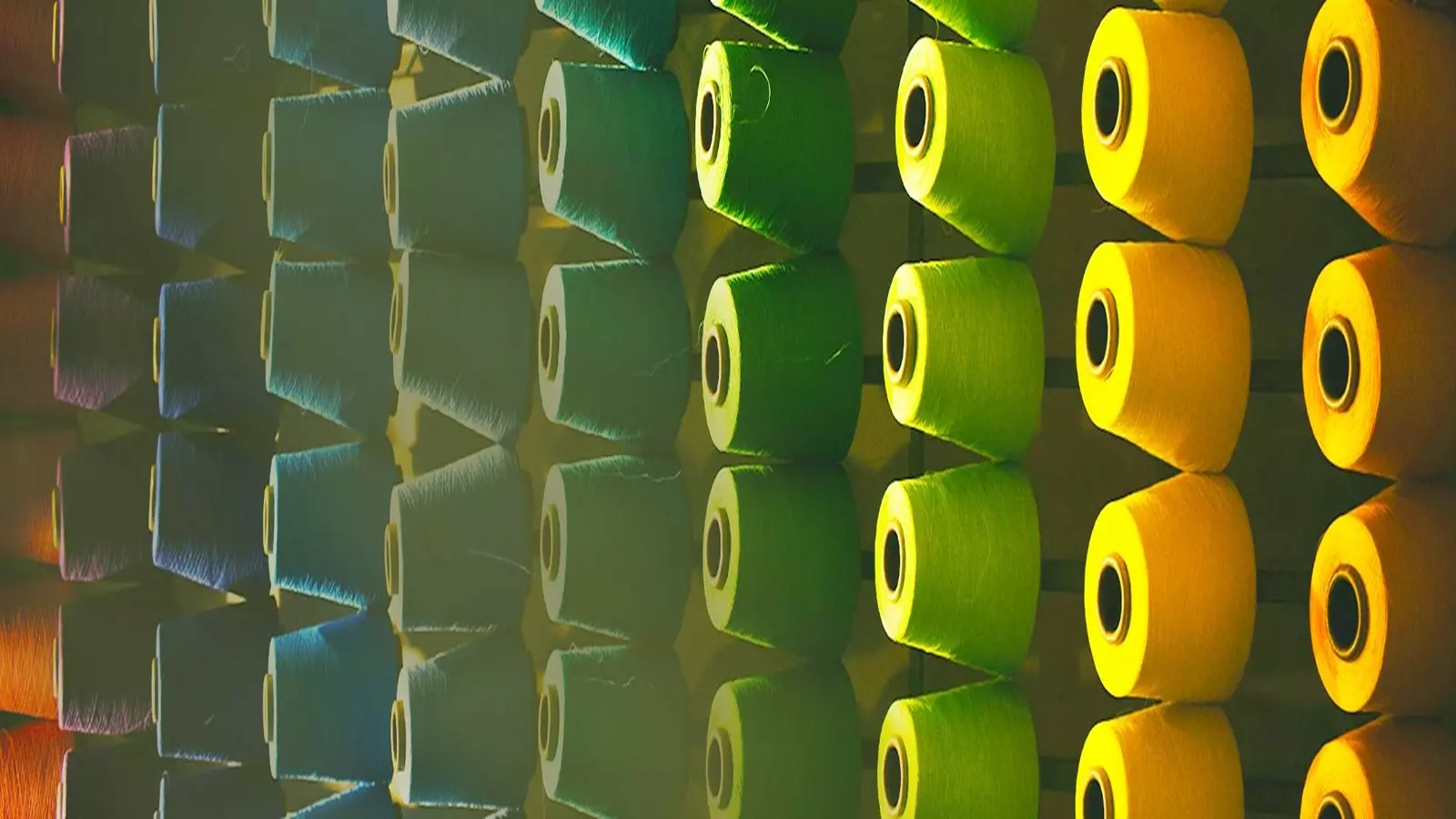
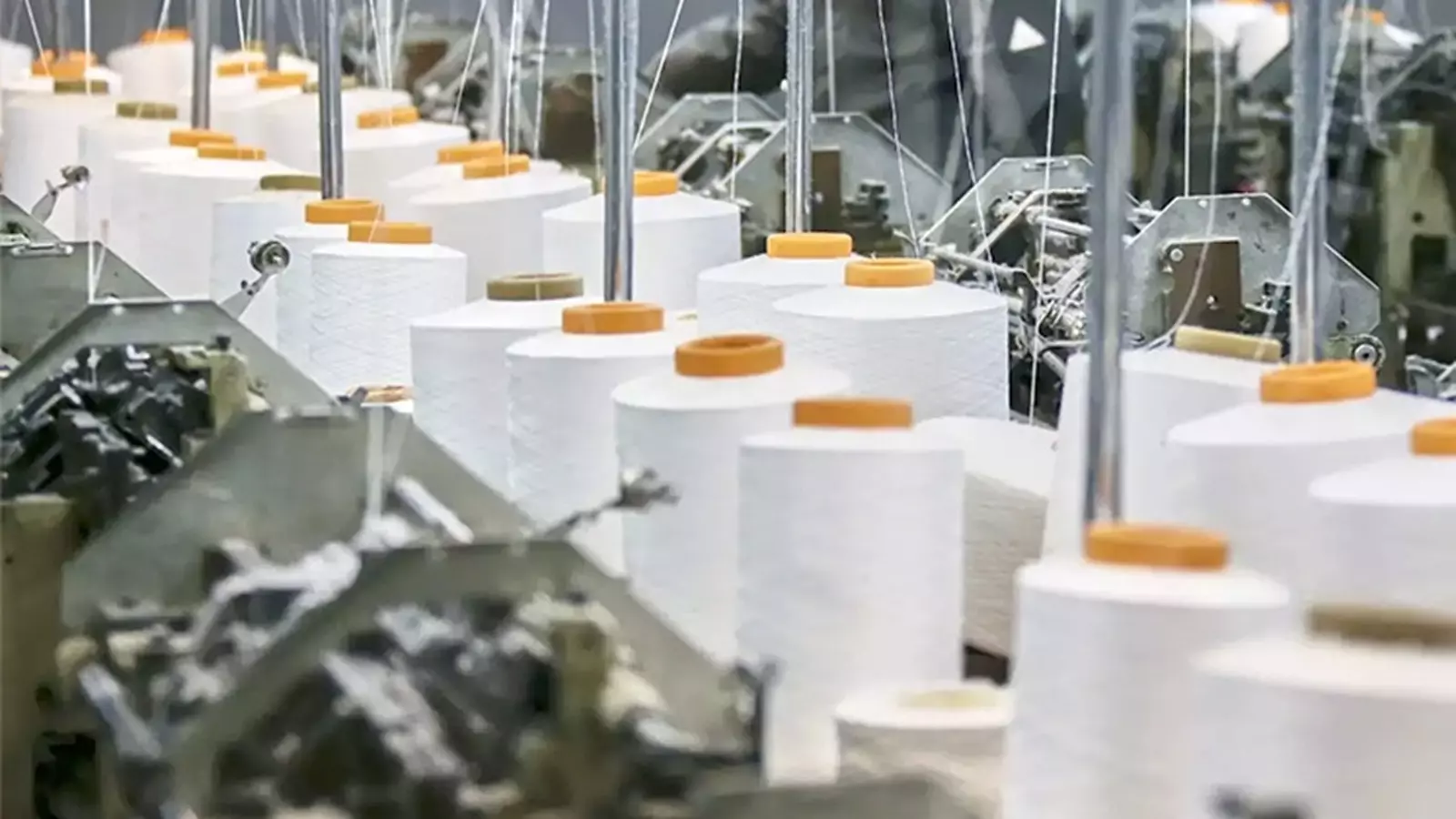
1.webp)
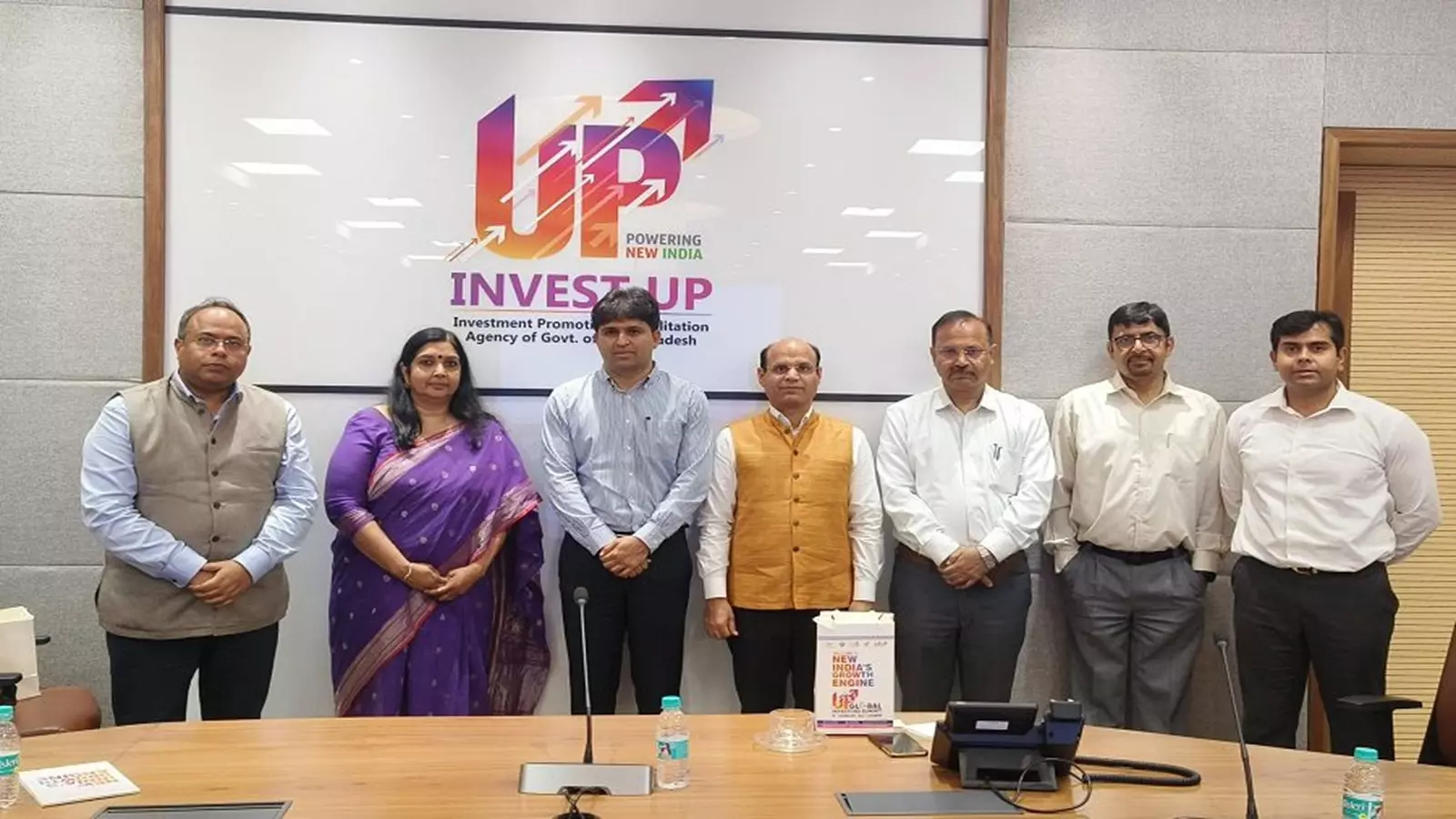


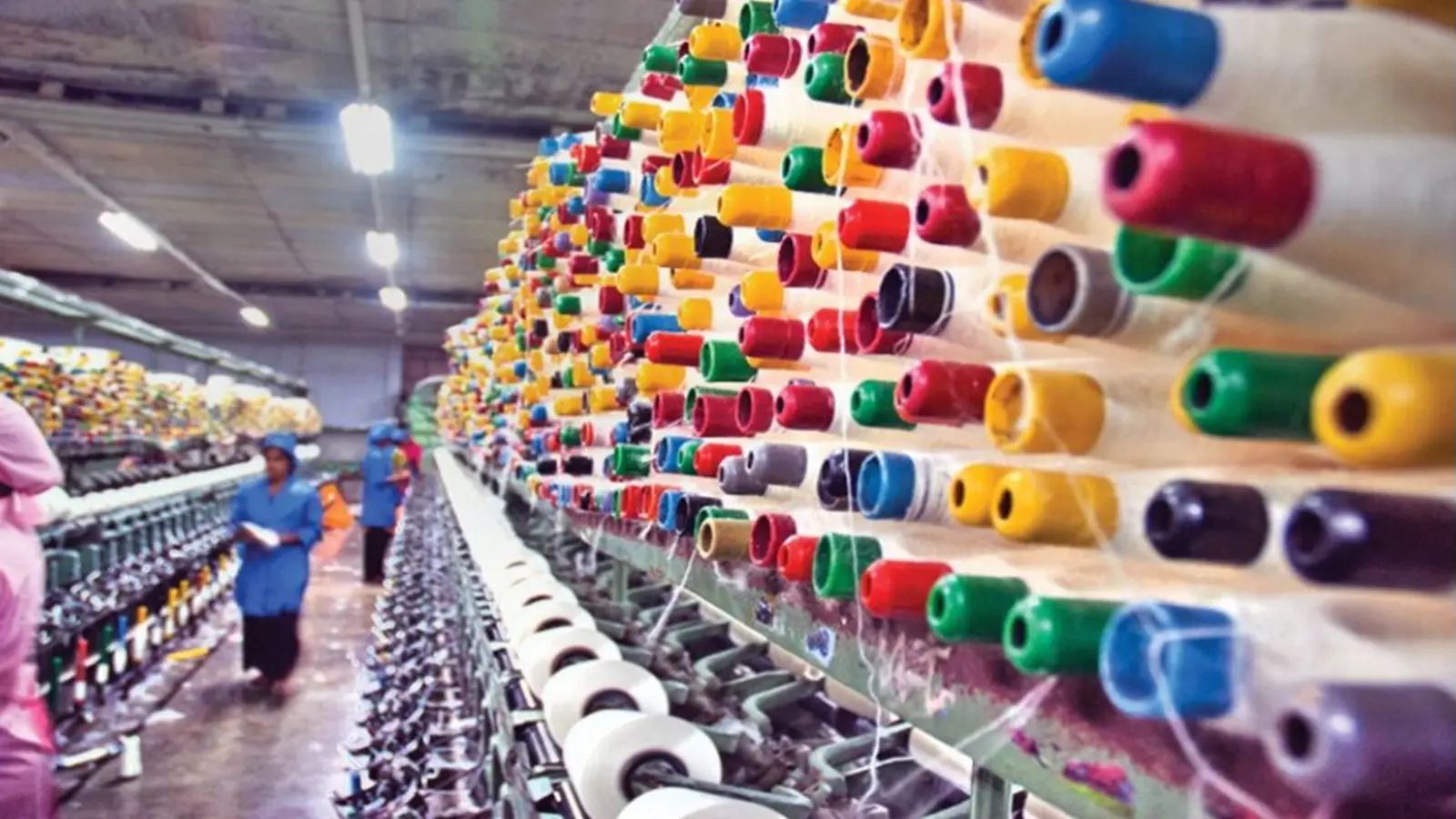
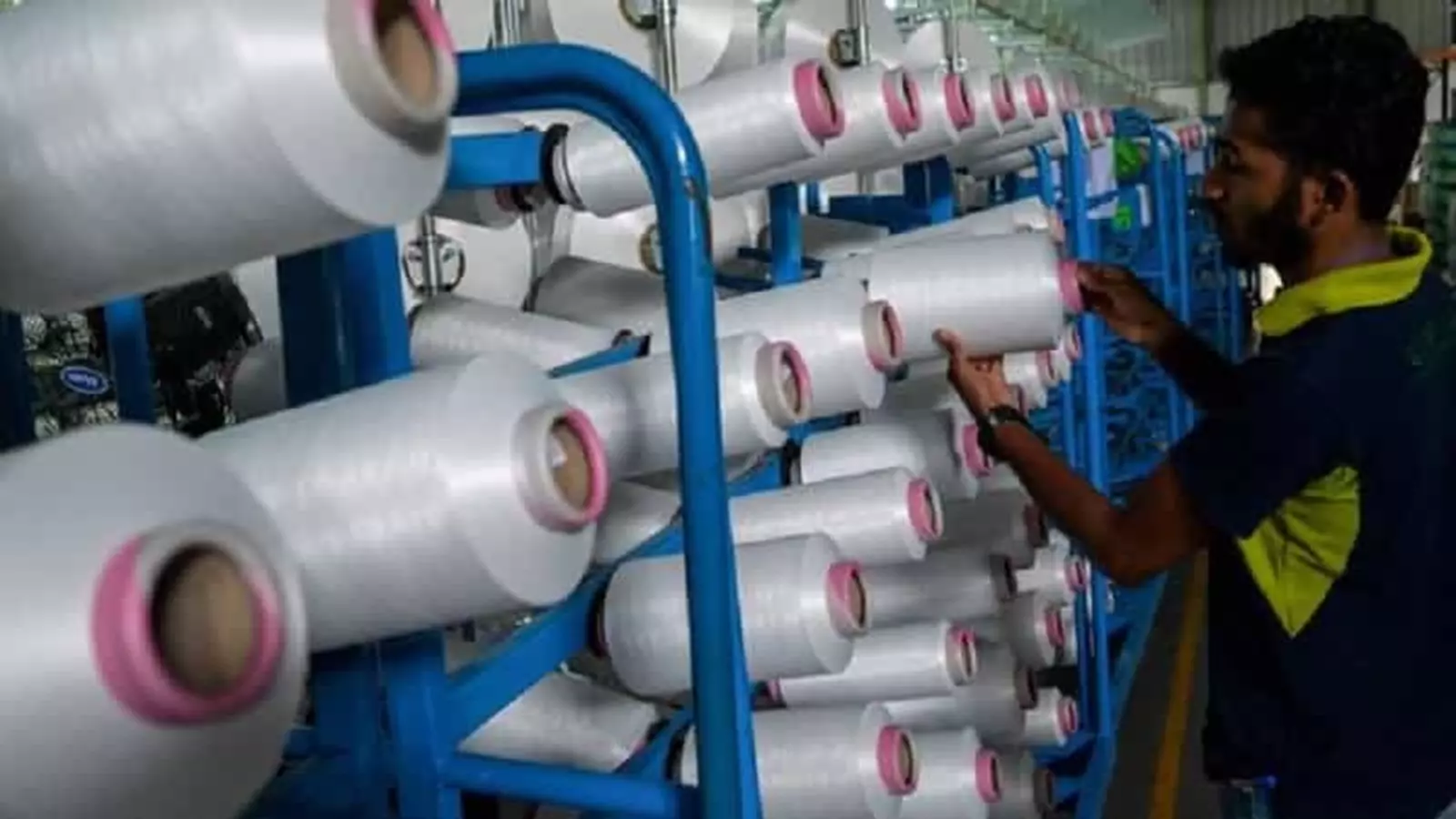

1.webp)











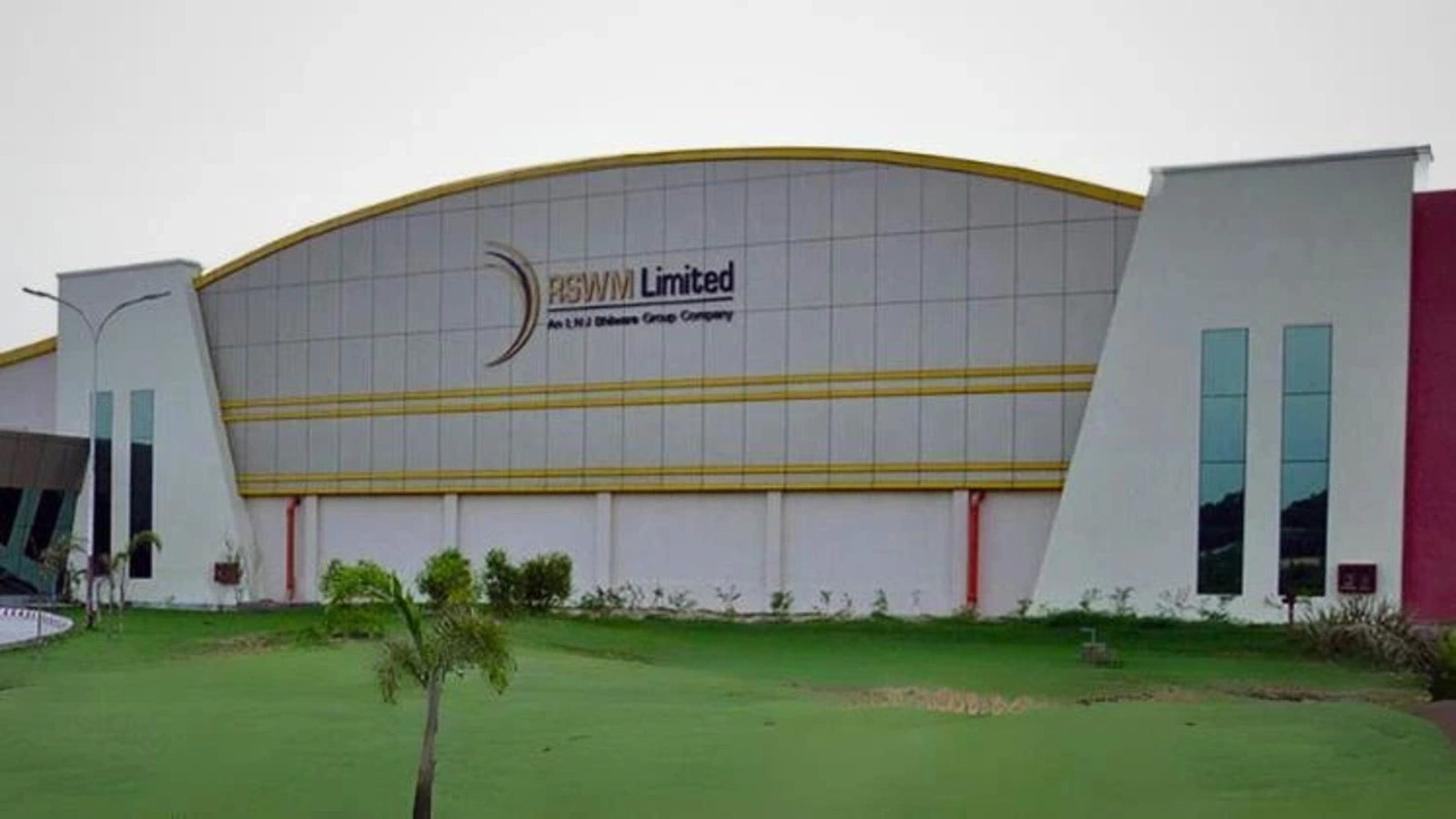
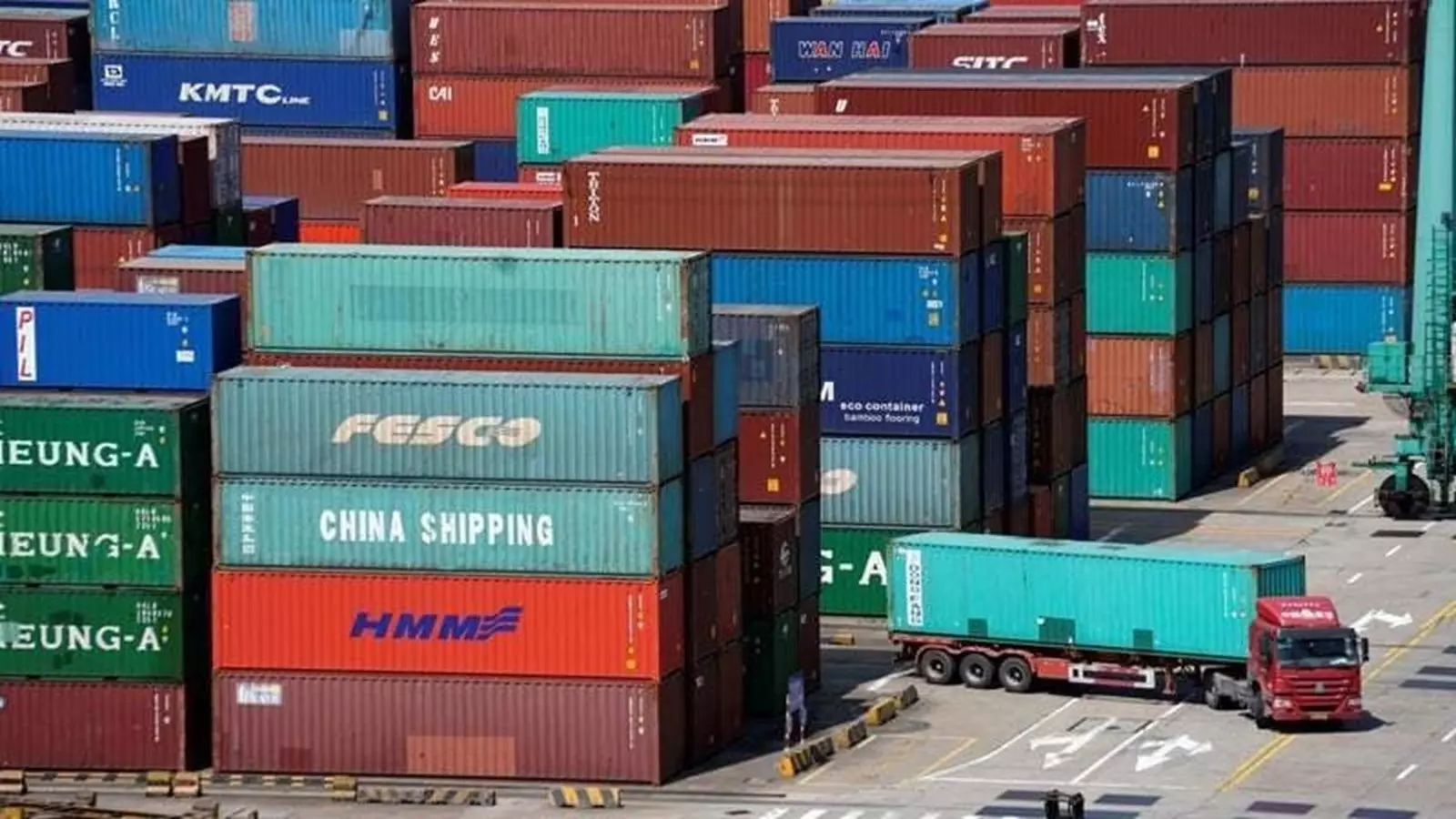

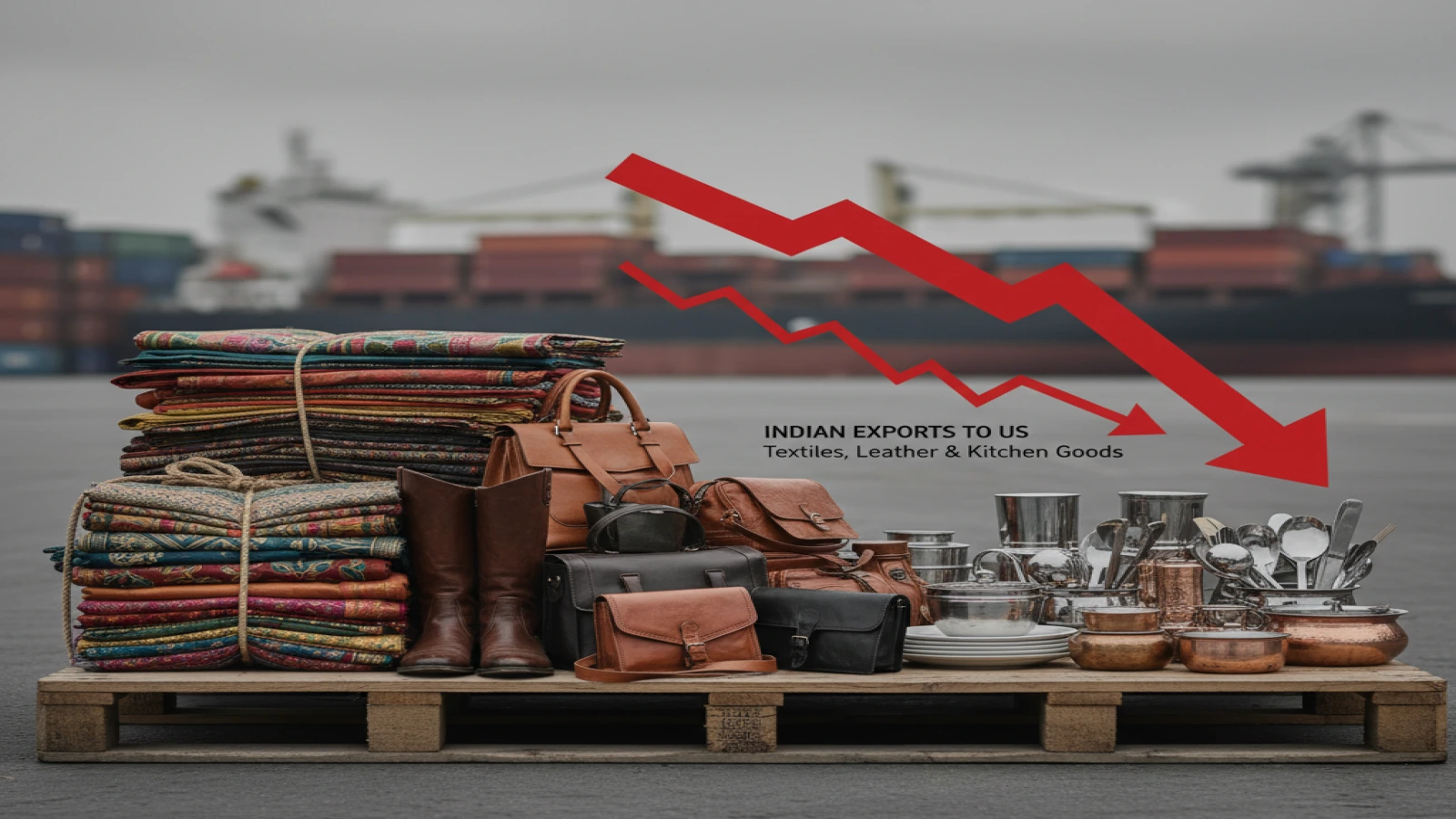



1.webp)
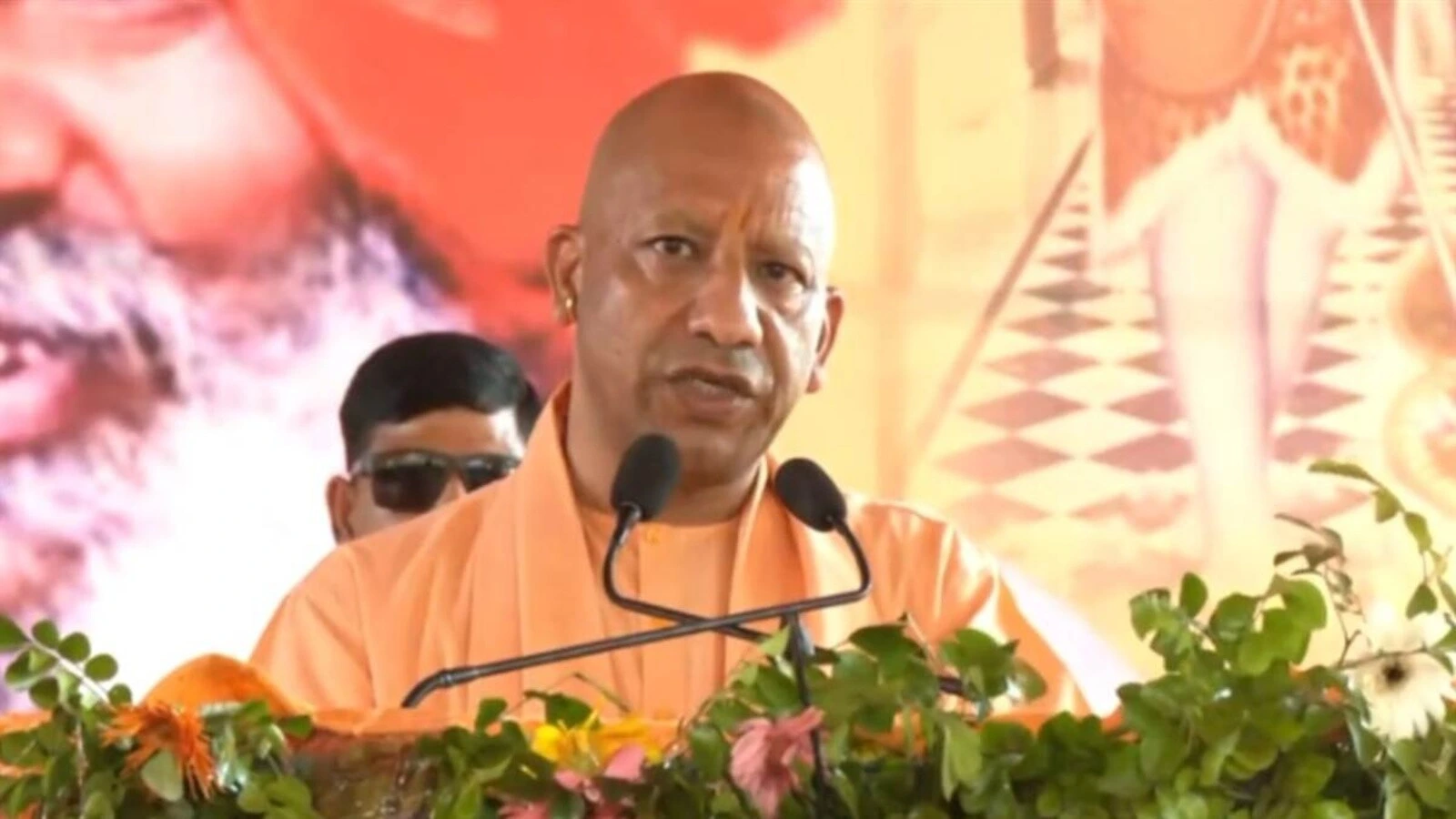
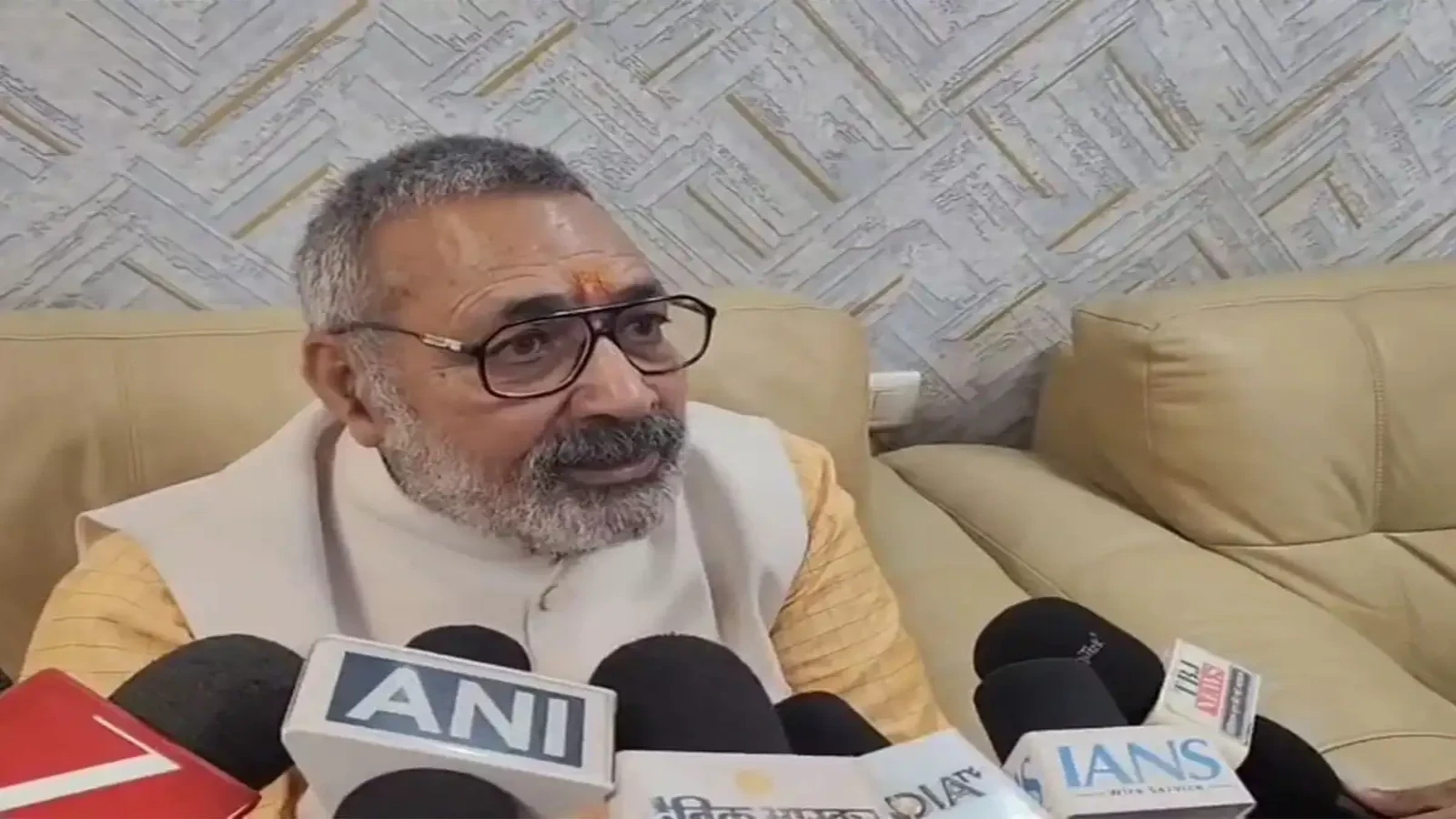


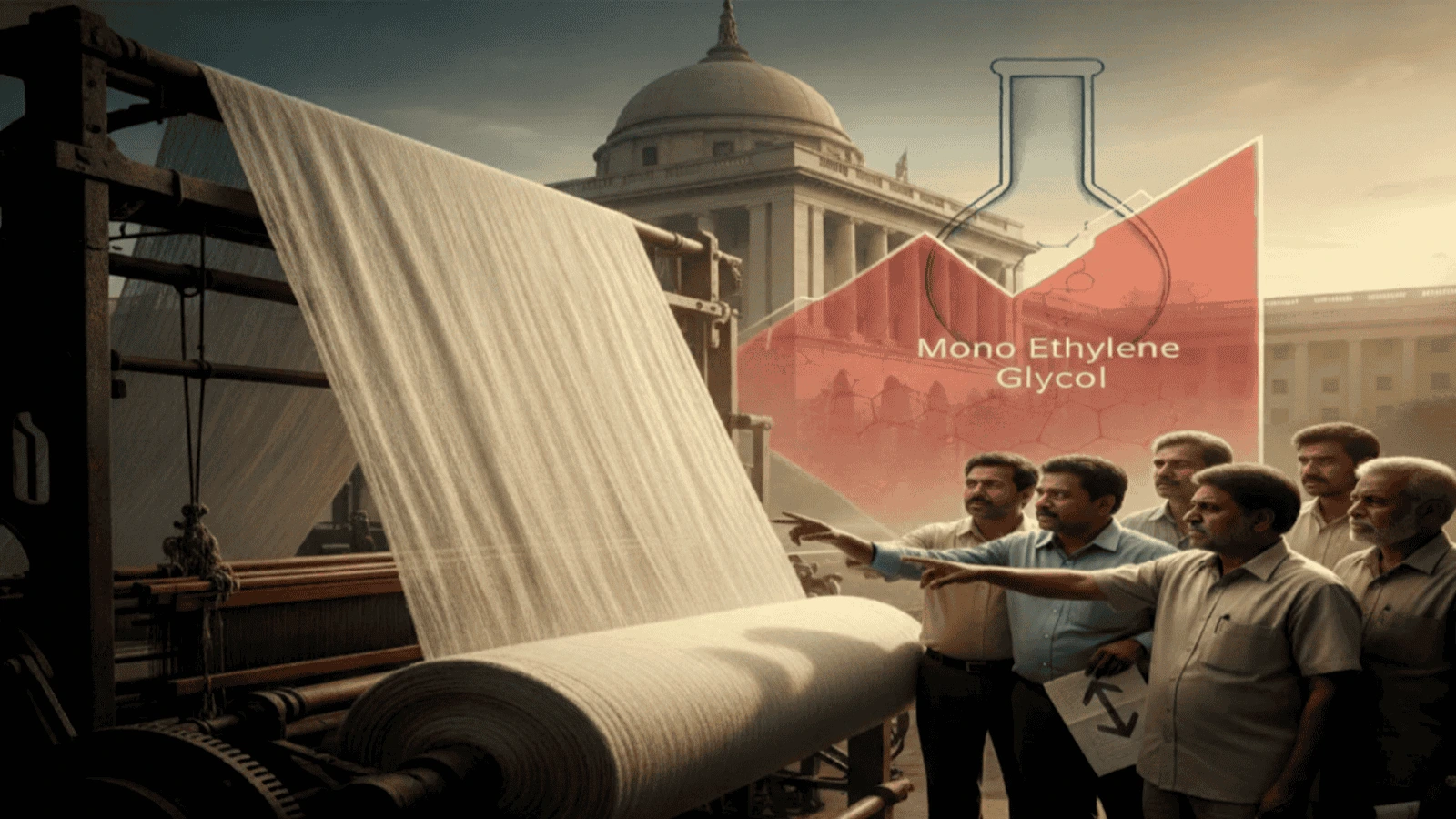


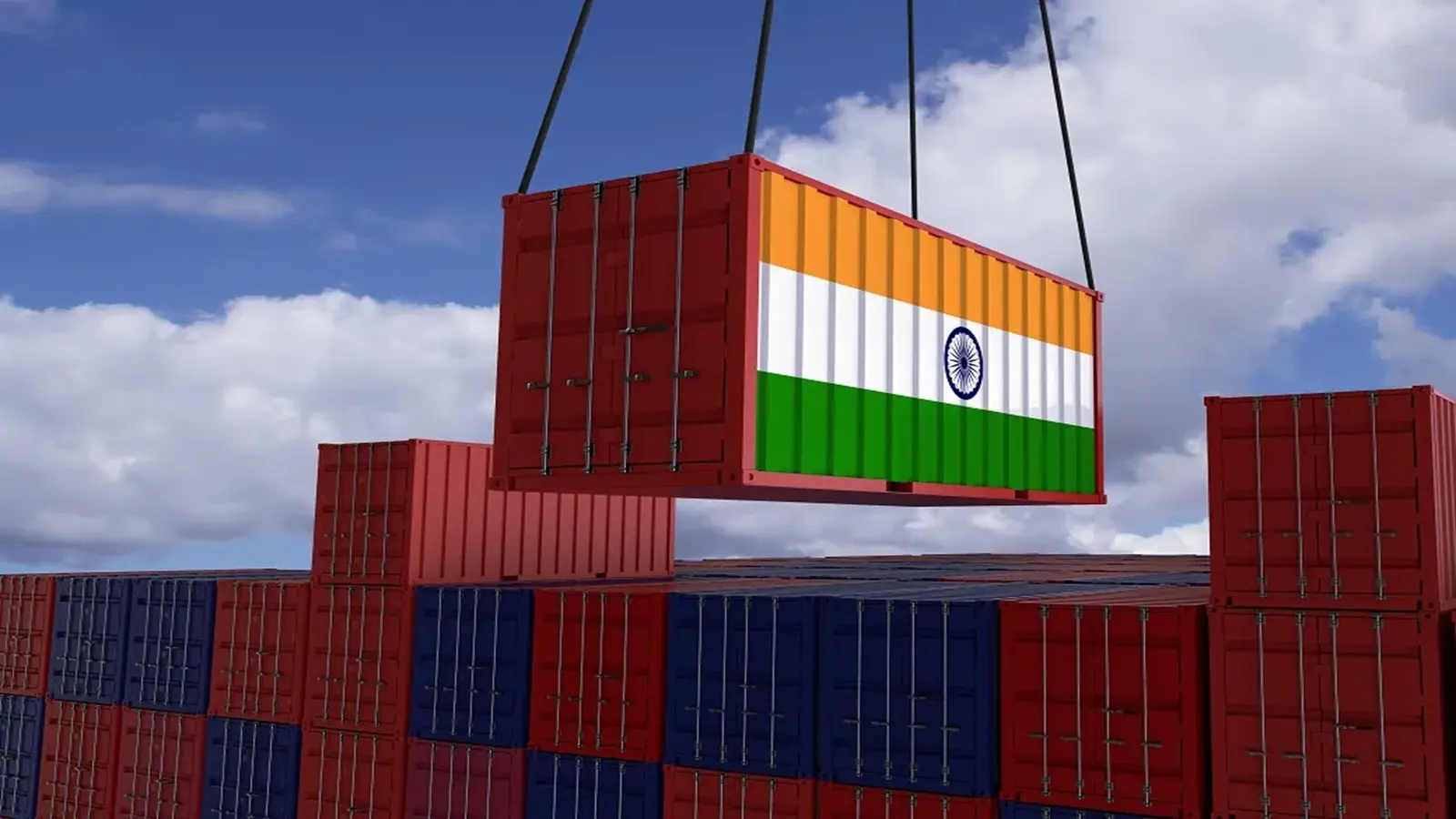

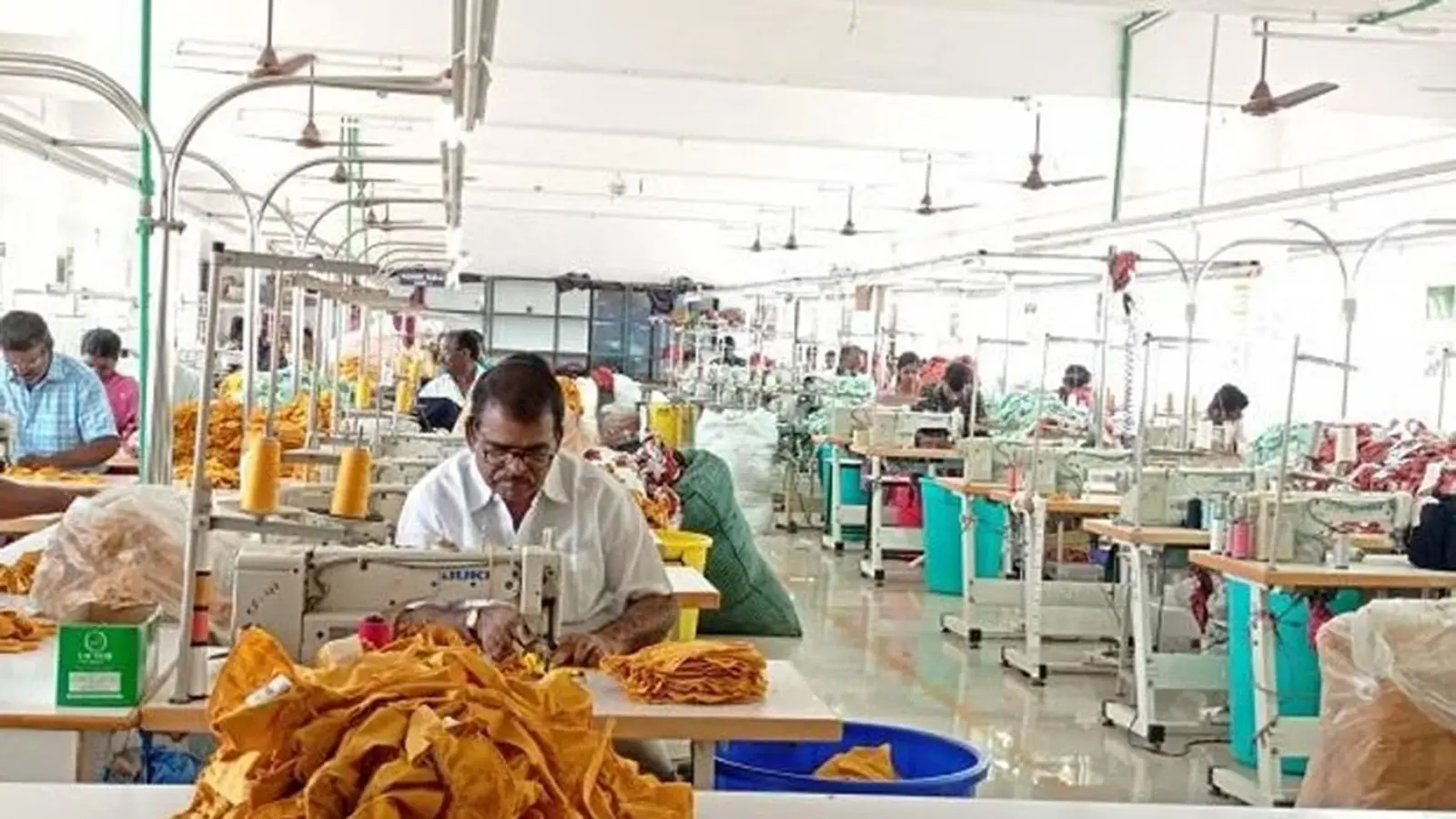
.webp)
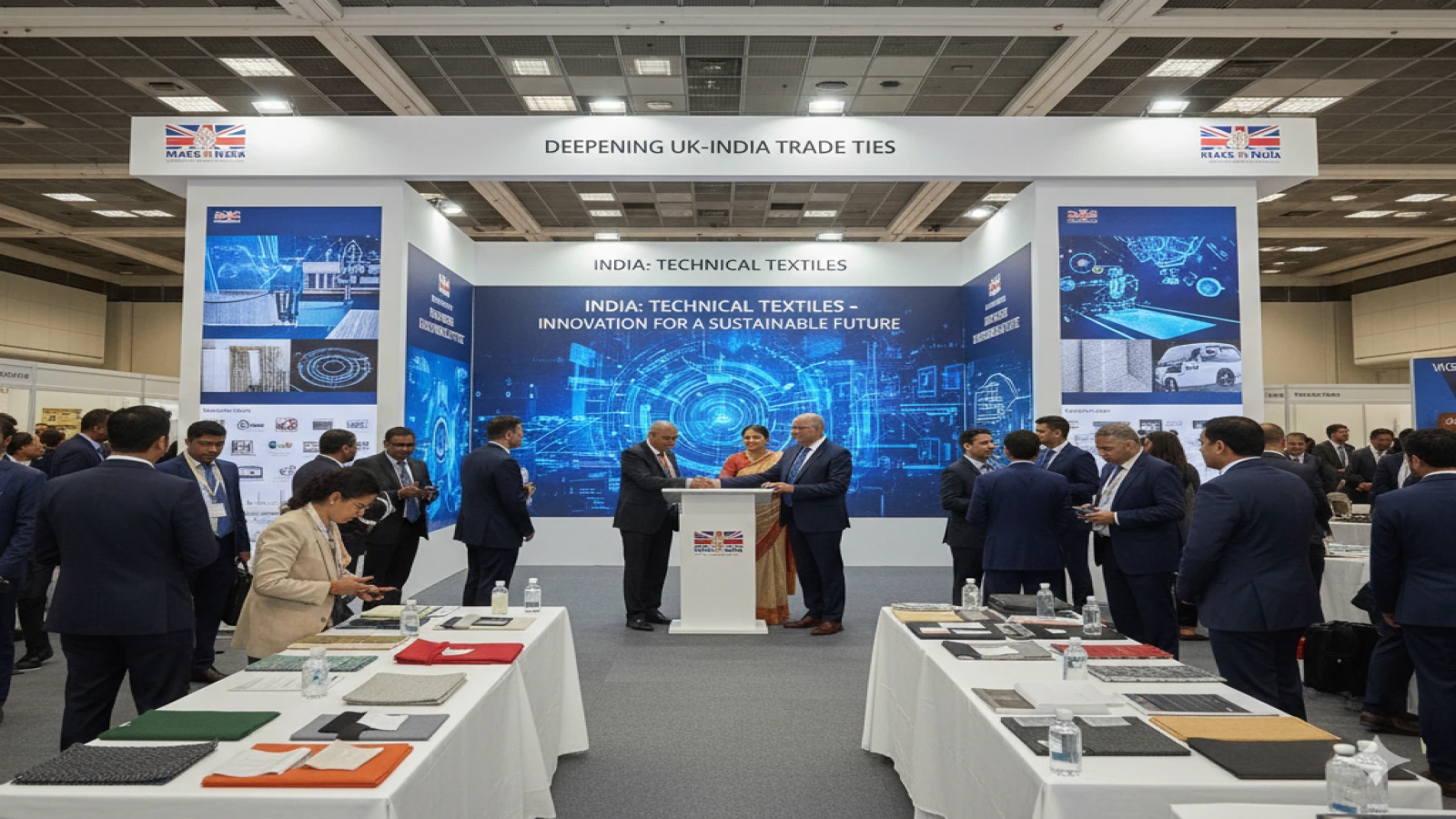


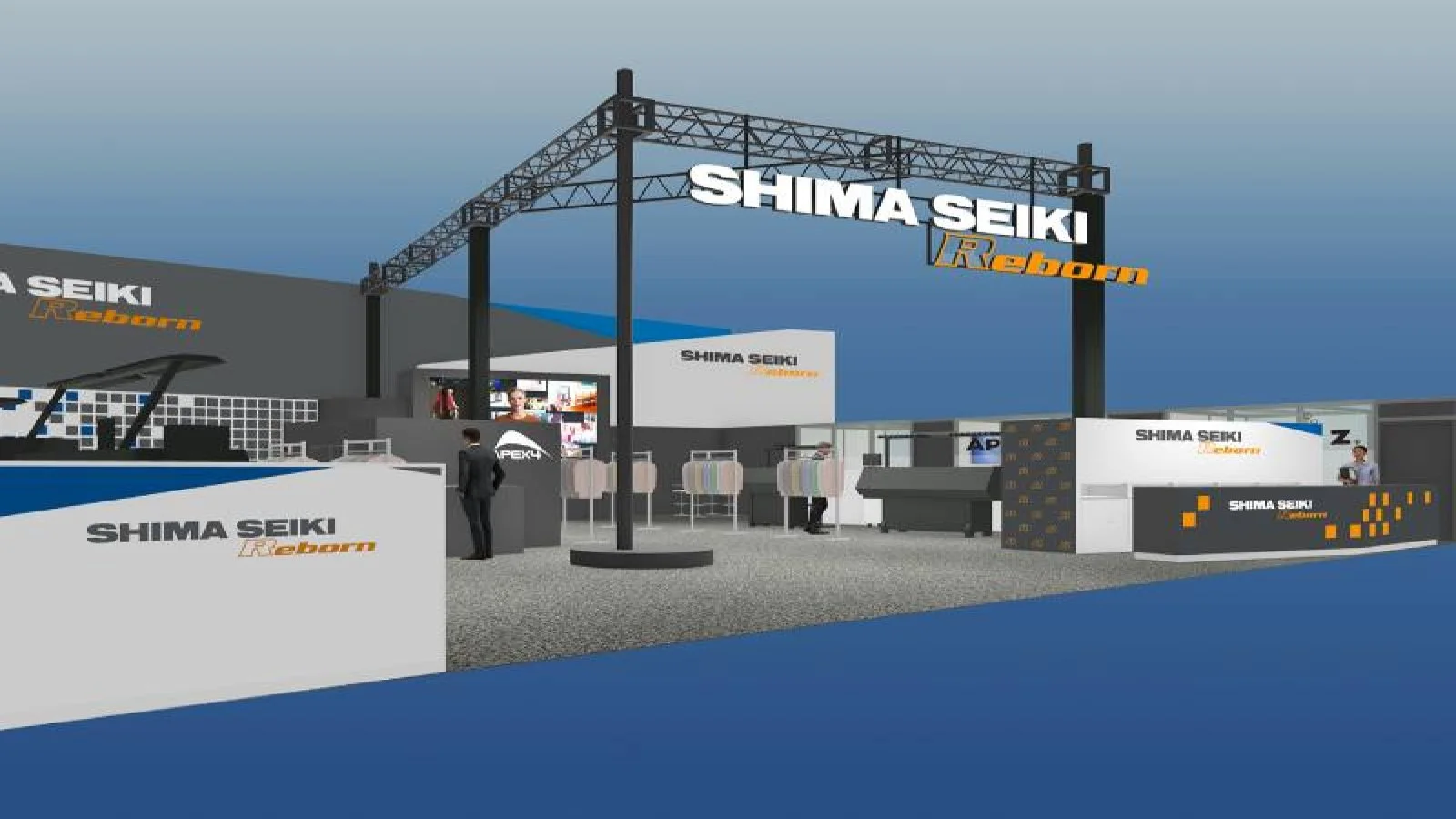
1.webp)
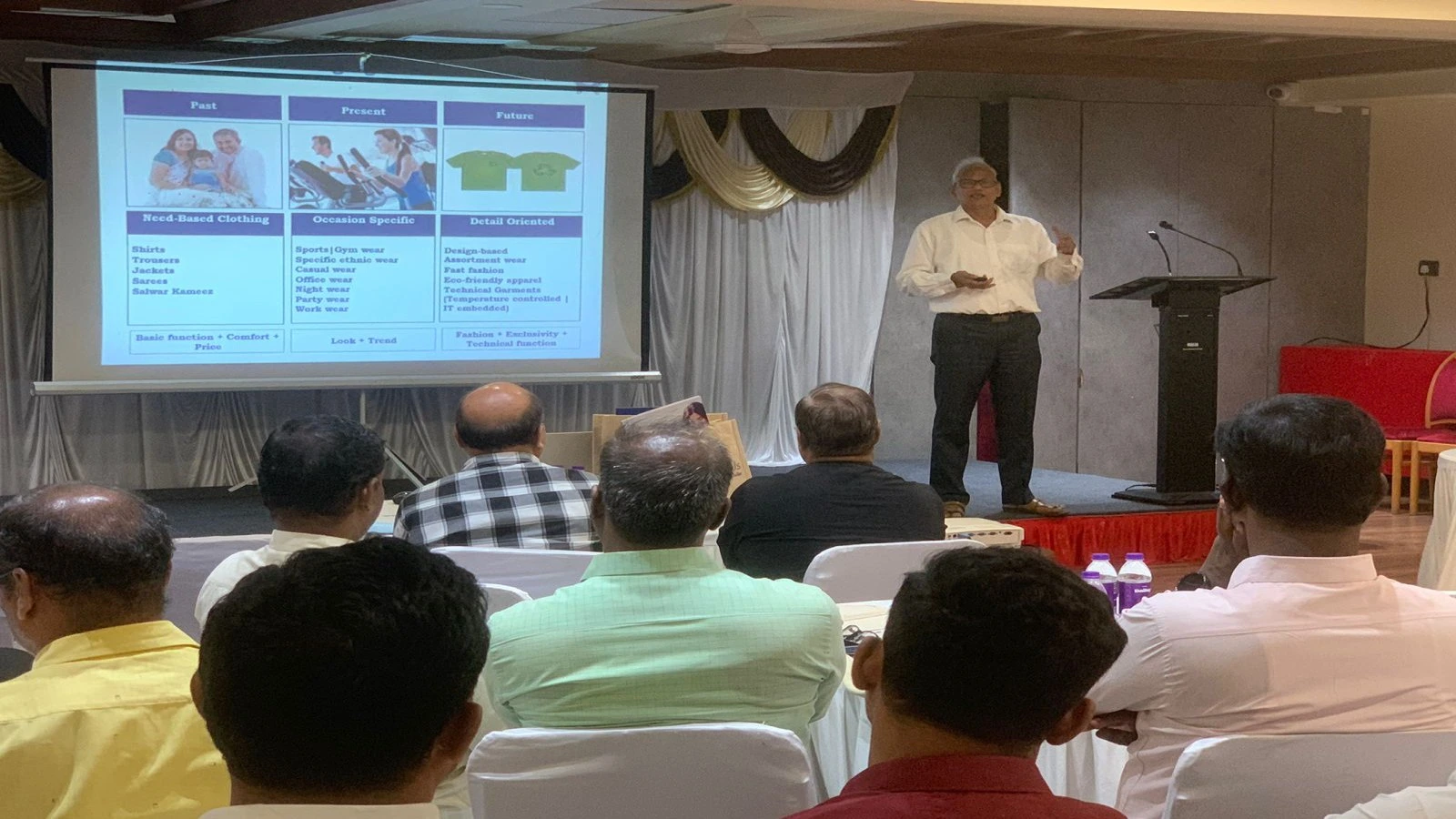

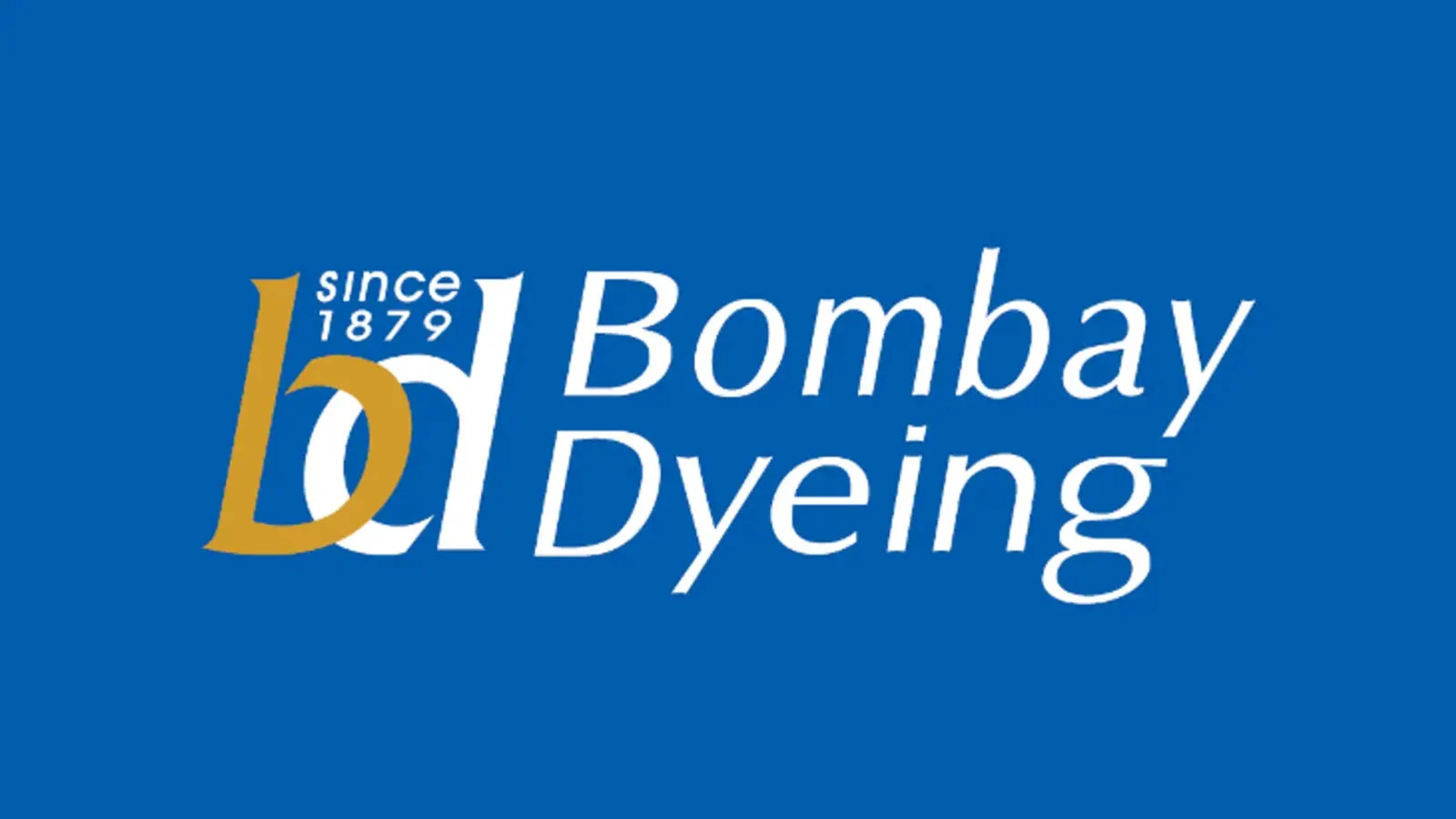
1.webp)


1.webp)
























1.webp)




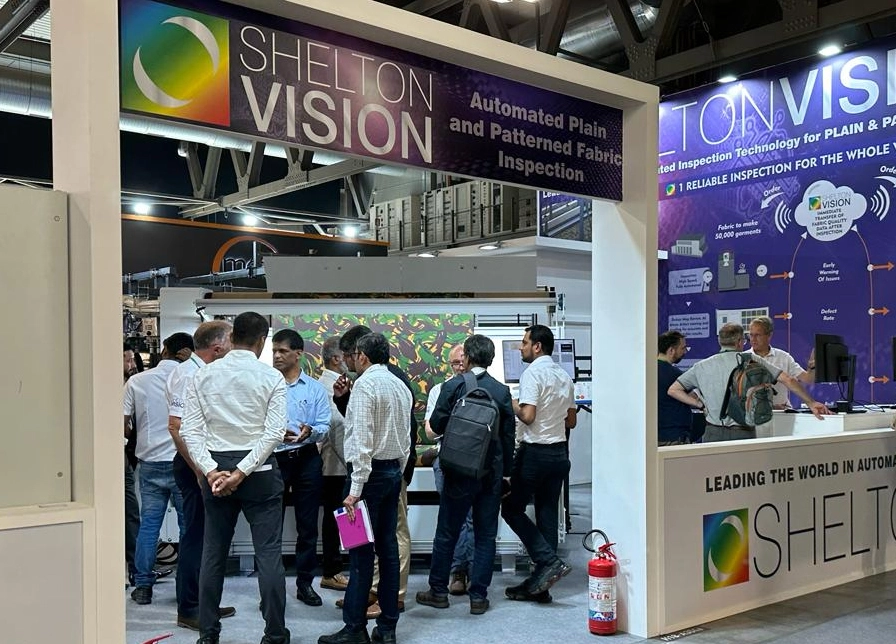

.webp)

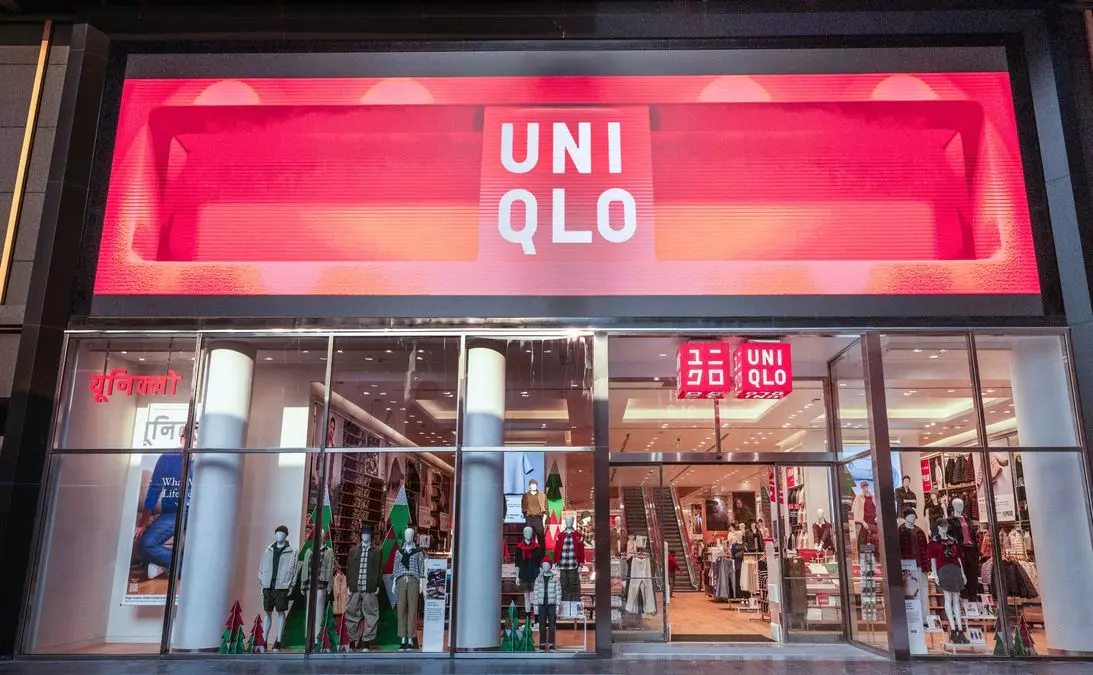





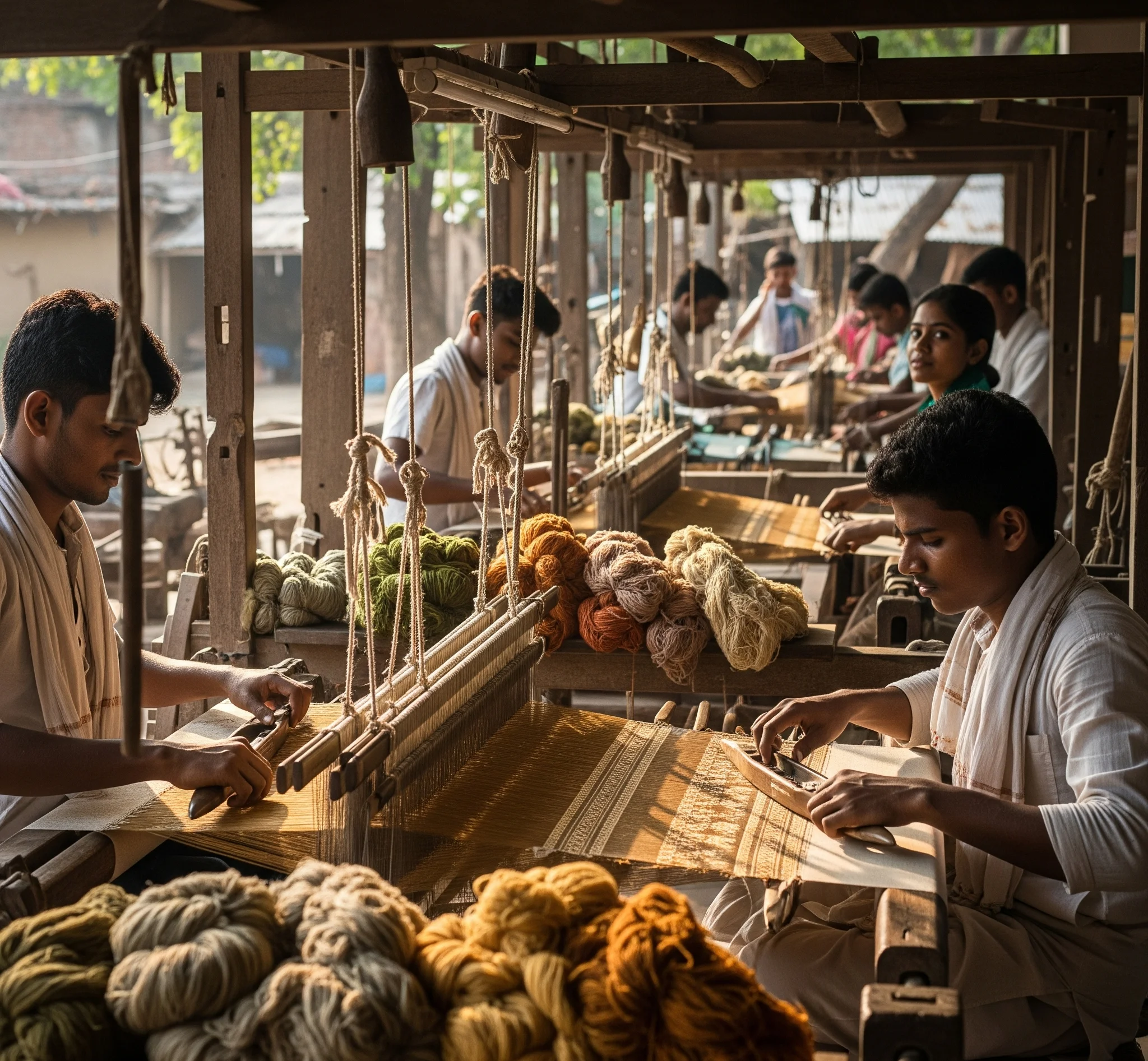












1.webp)




1.webp)
1.webp)


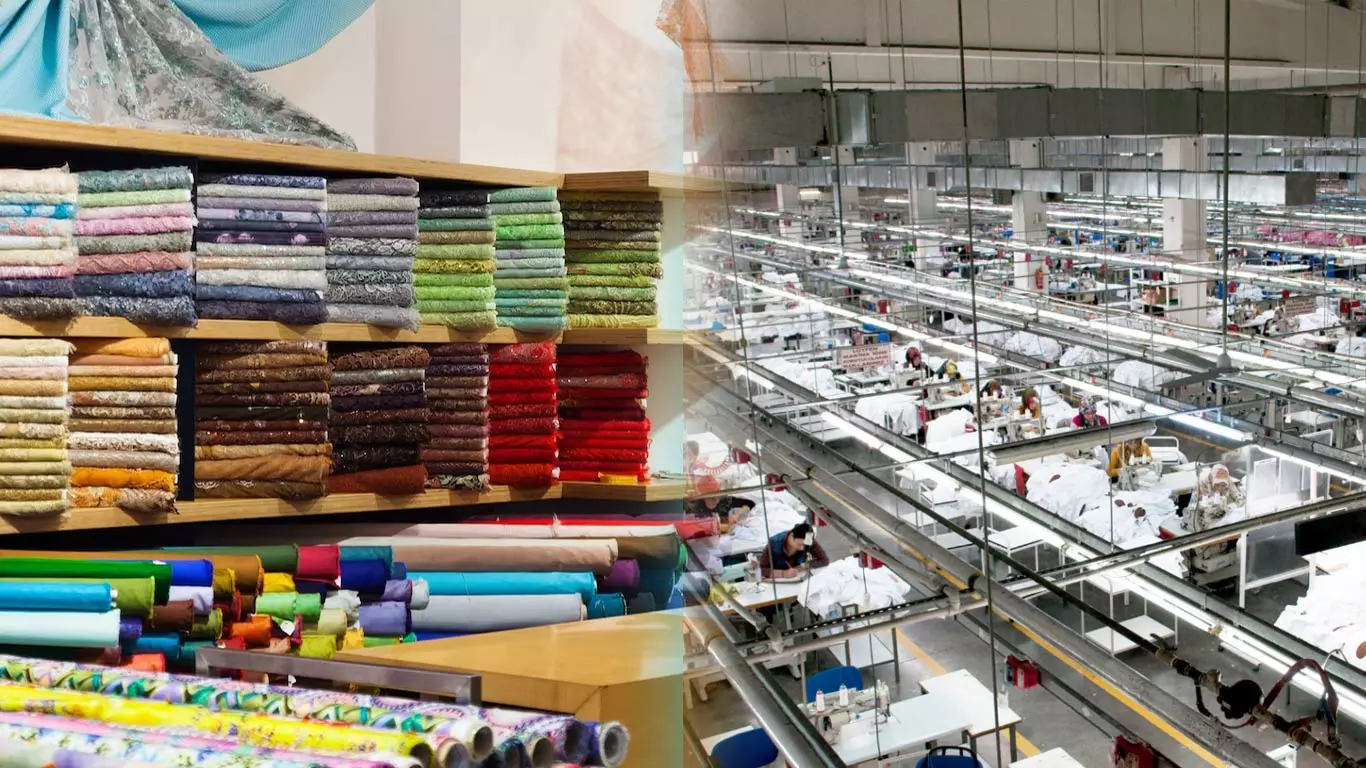
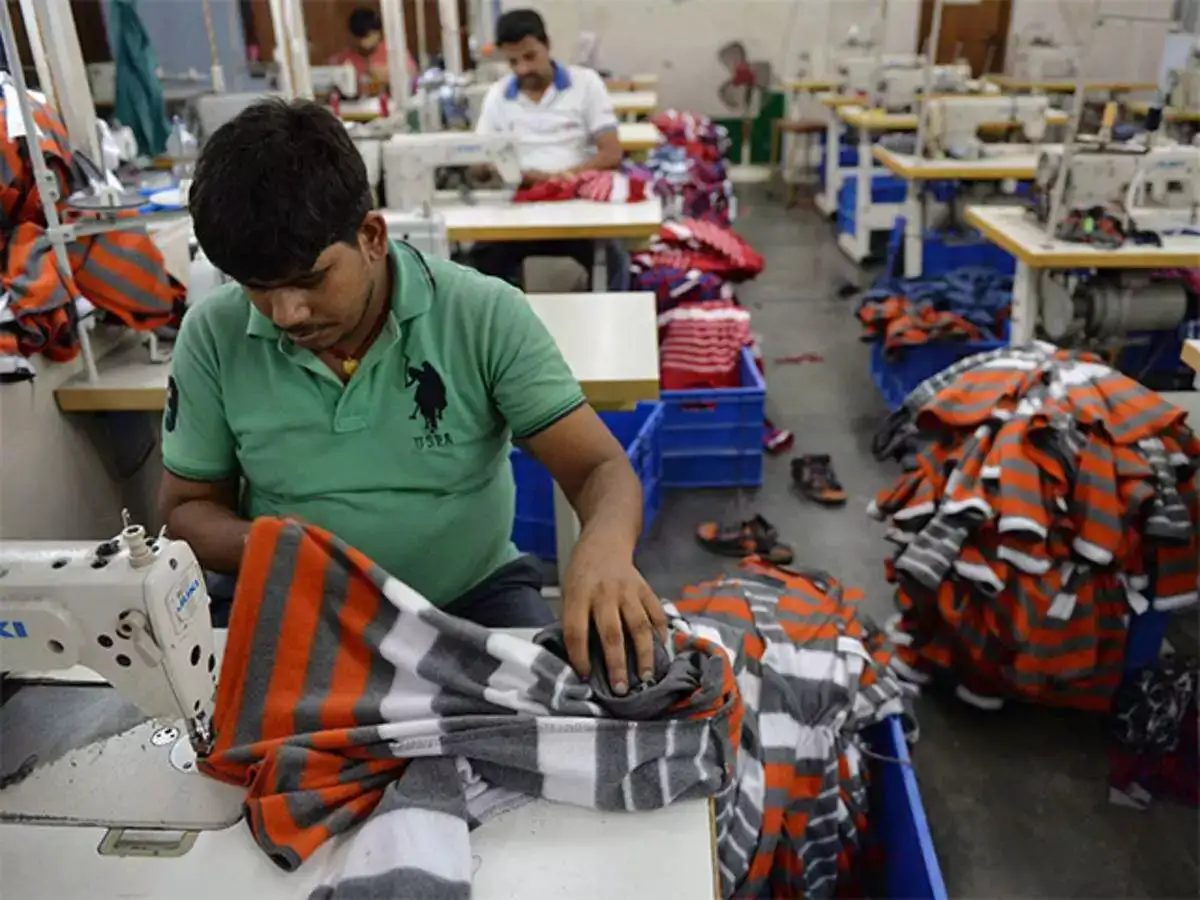
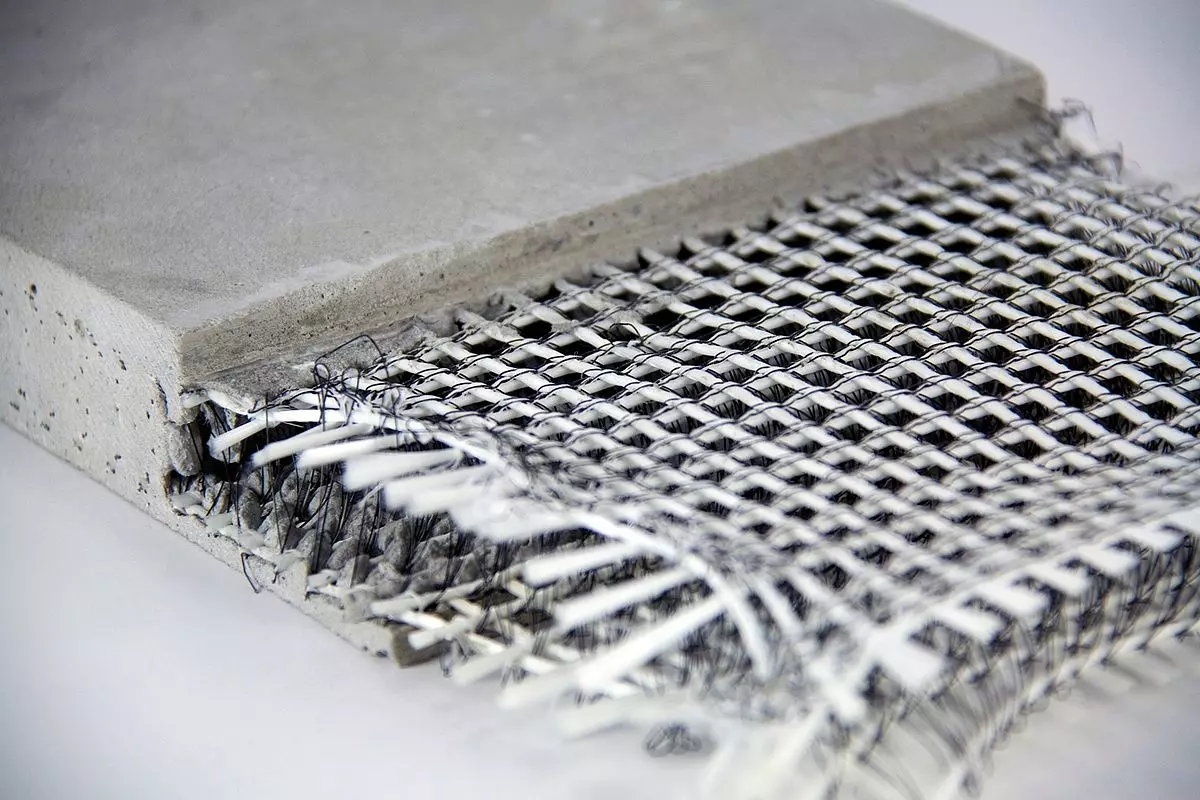

















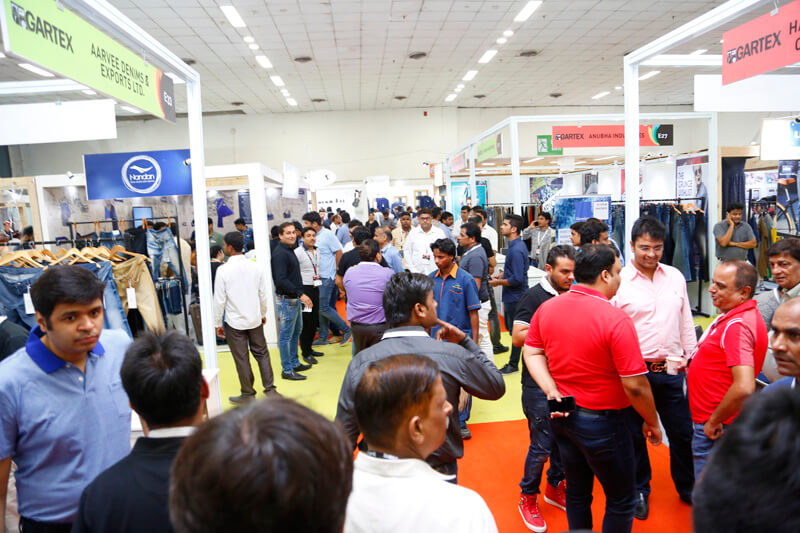

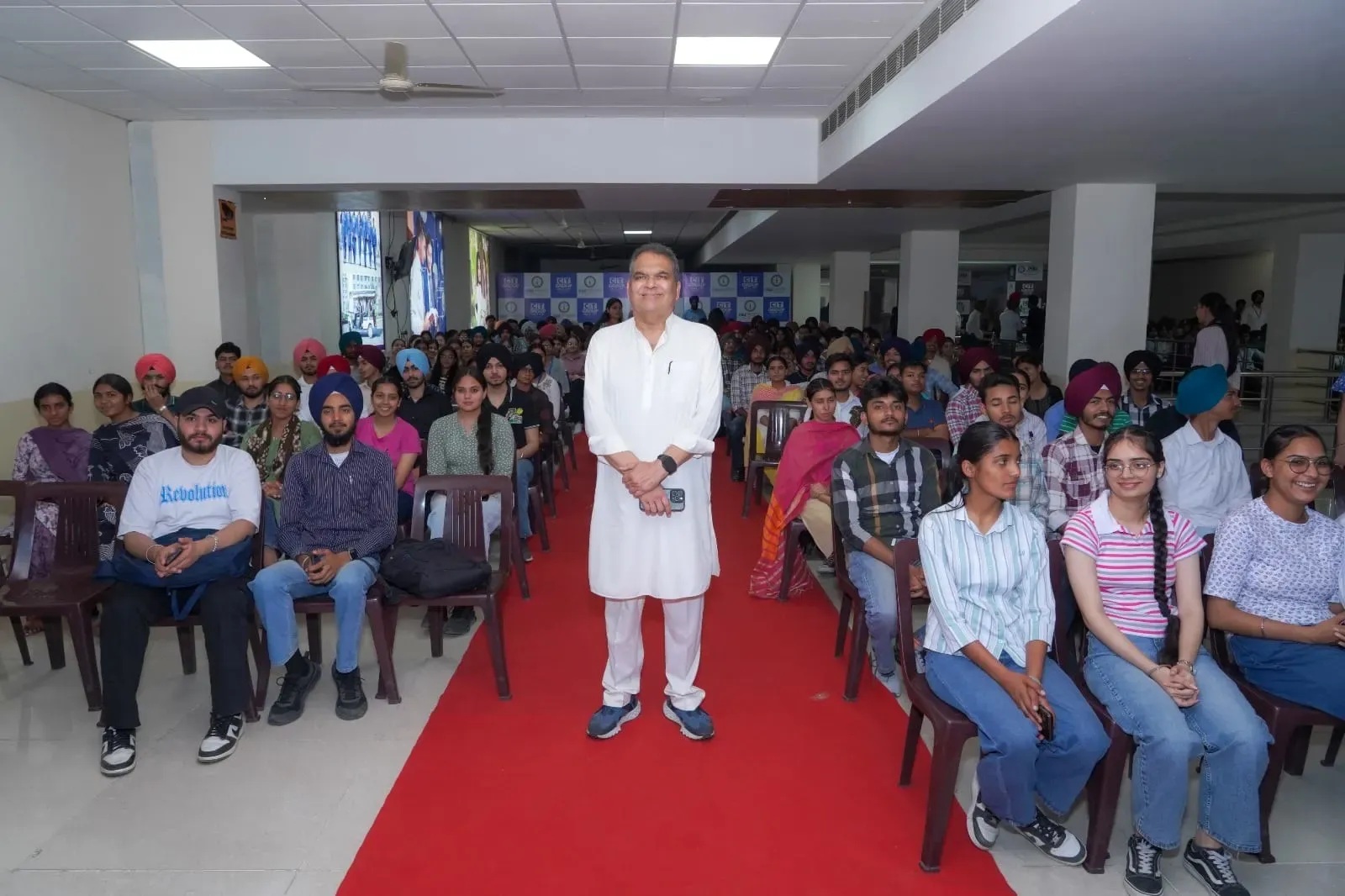



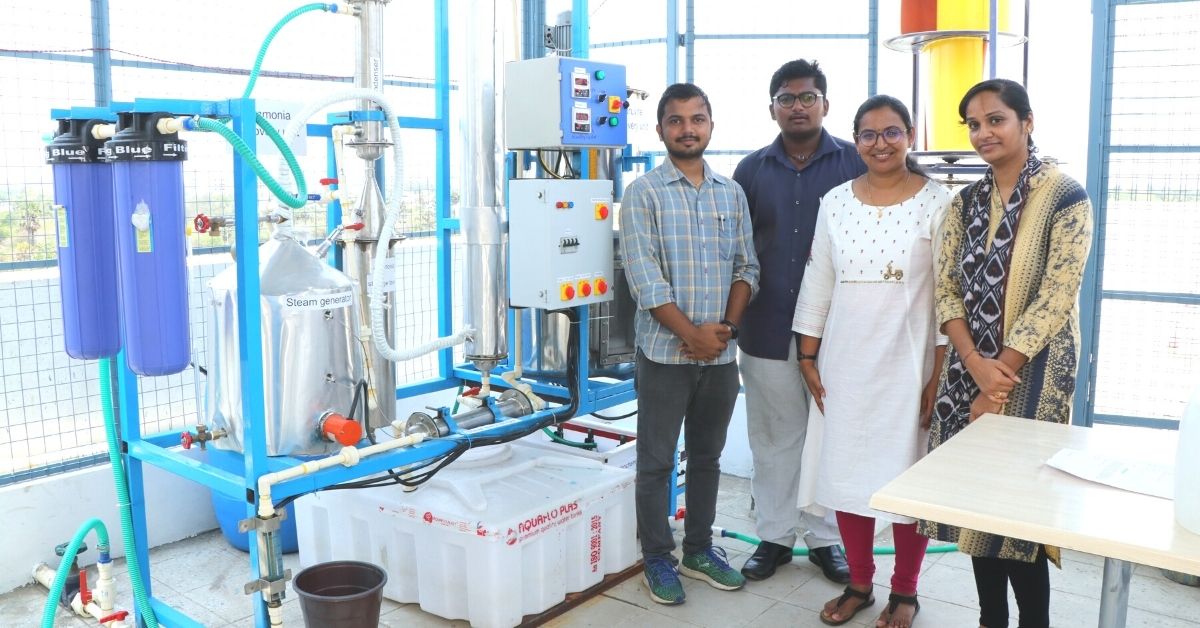












1.jpg)
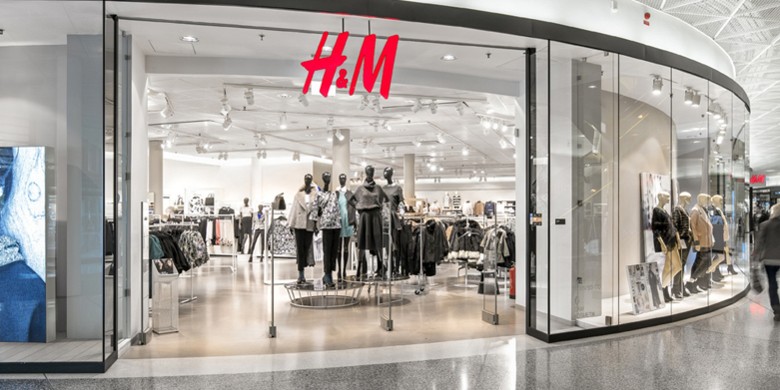

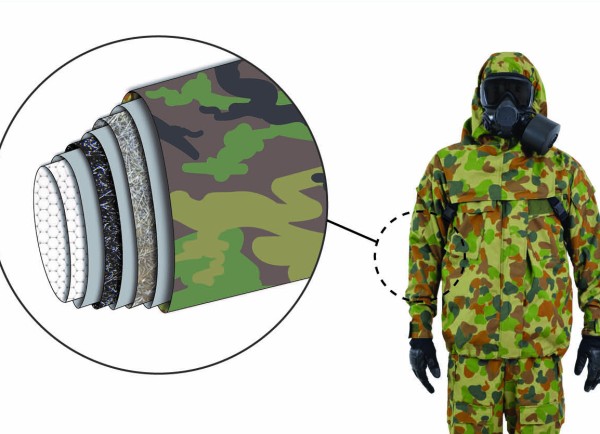





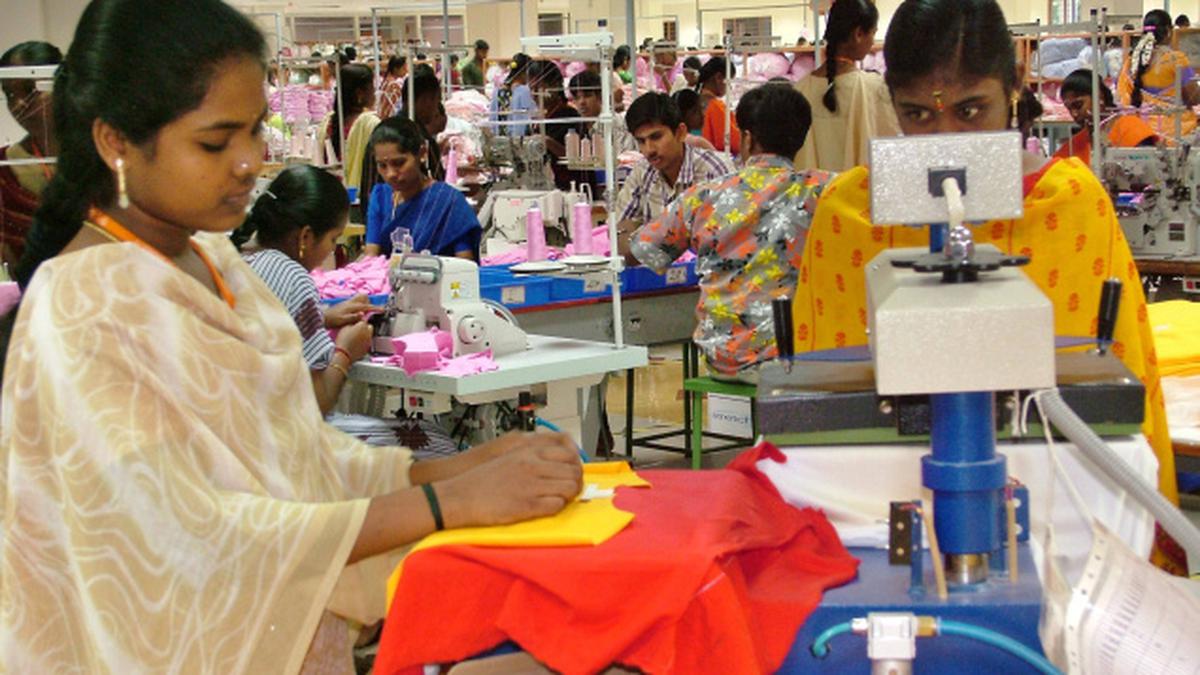


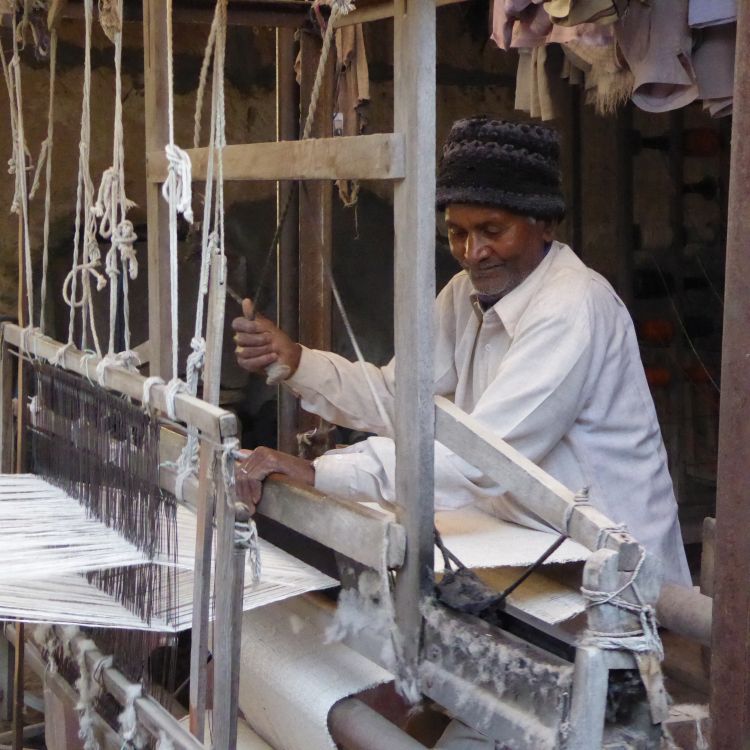

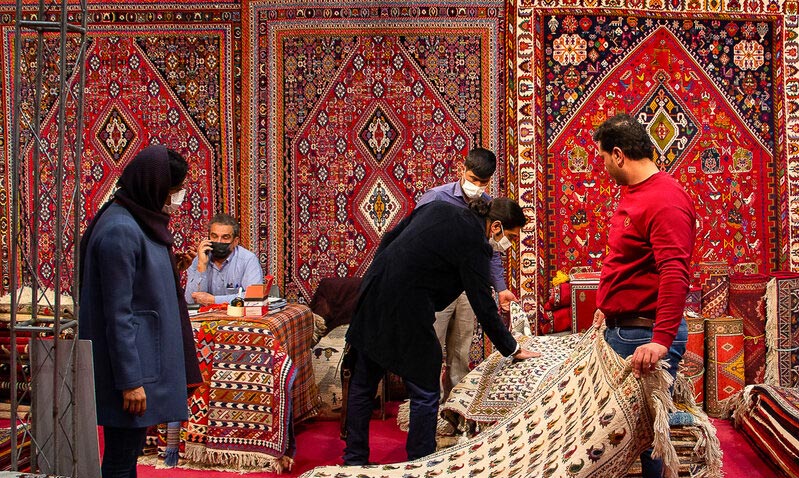













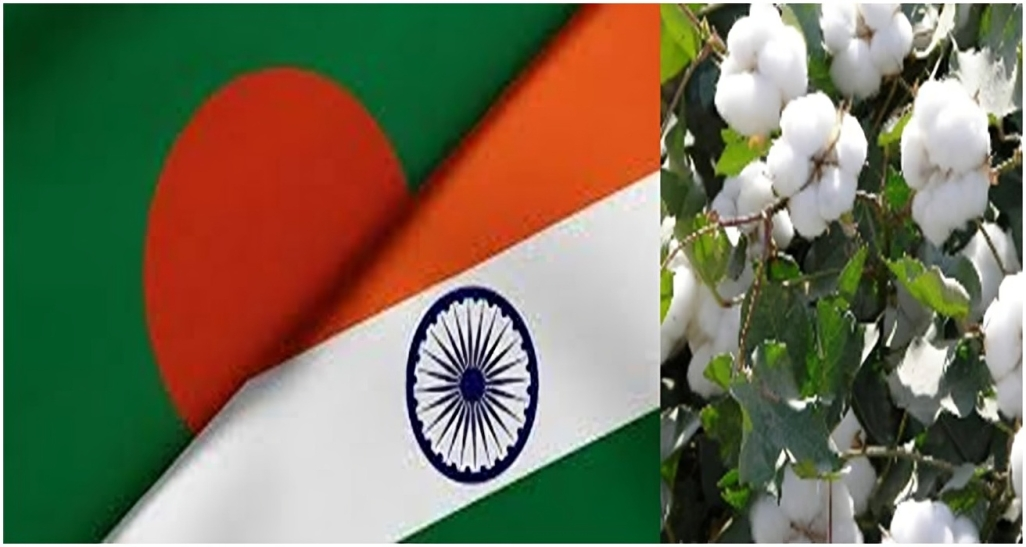
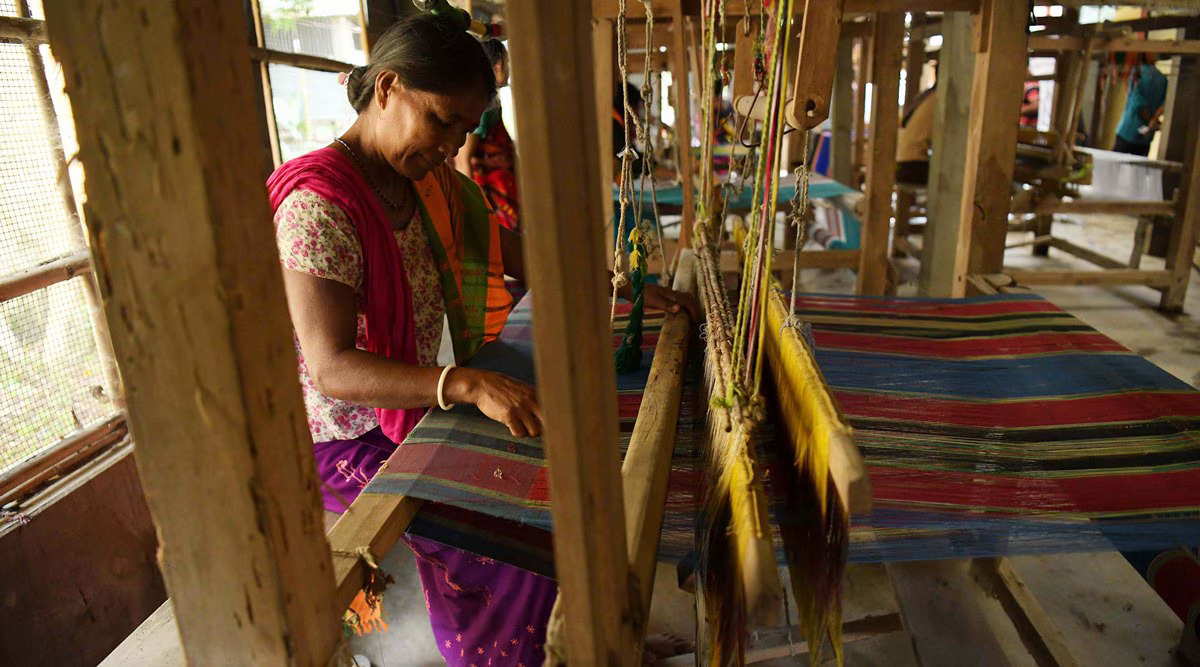



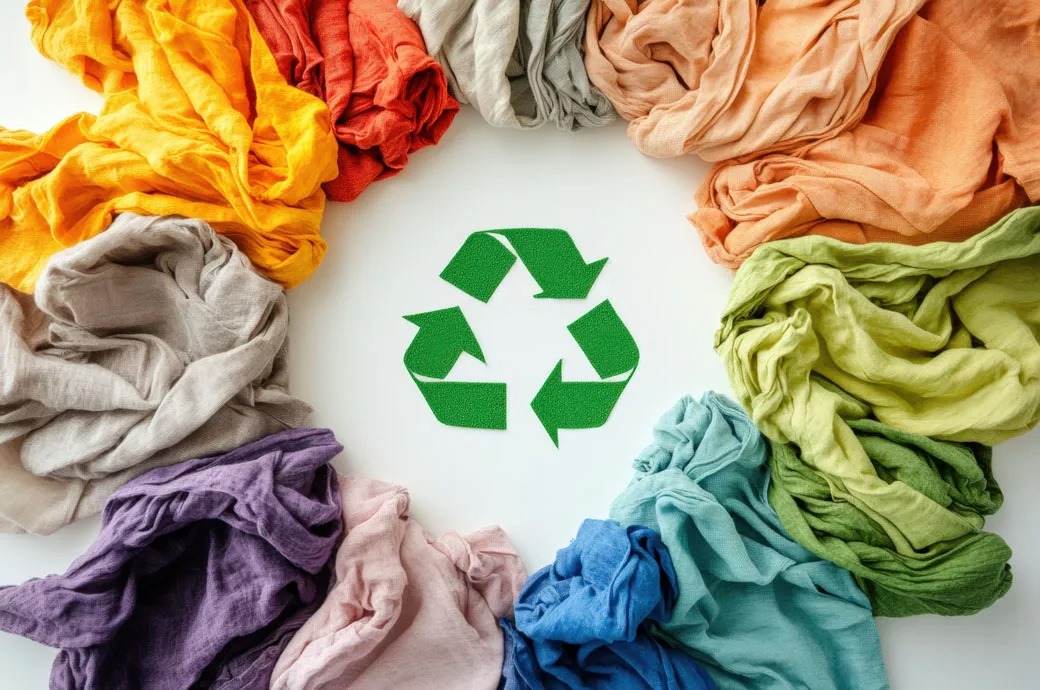


_large1.jpeg)












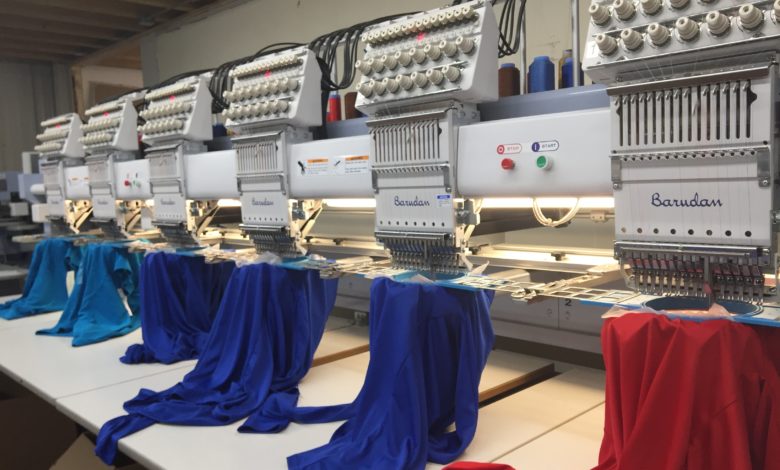

















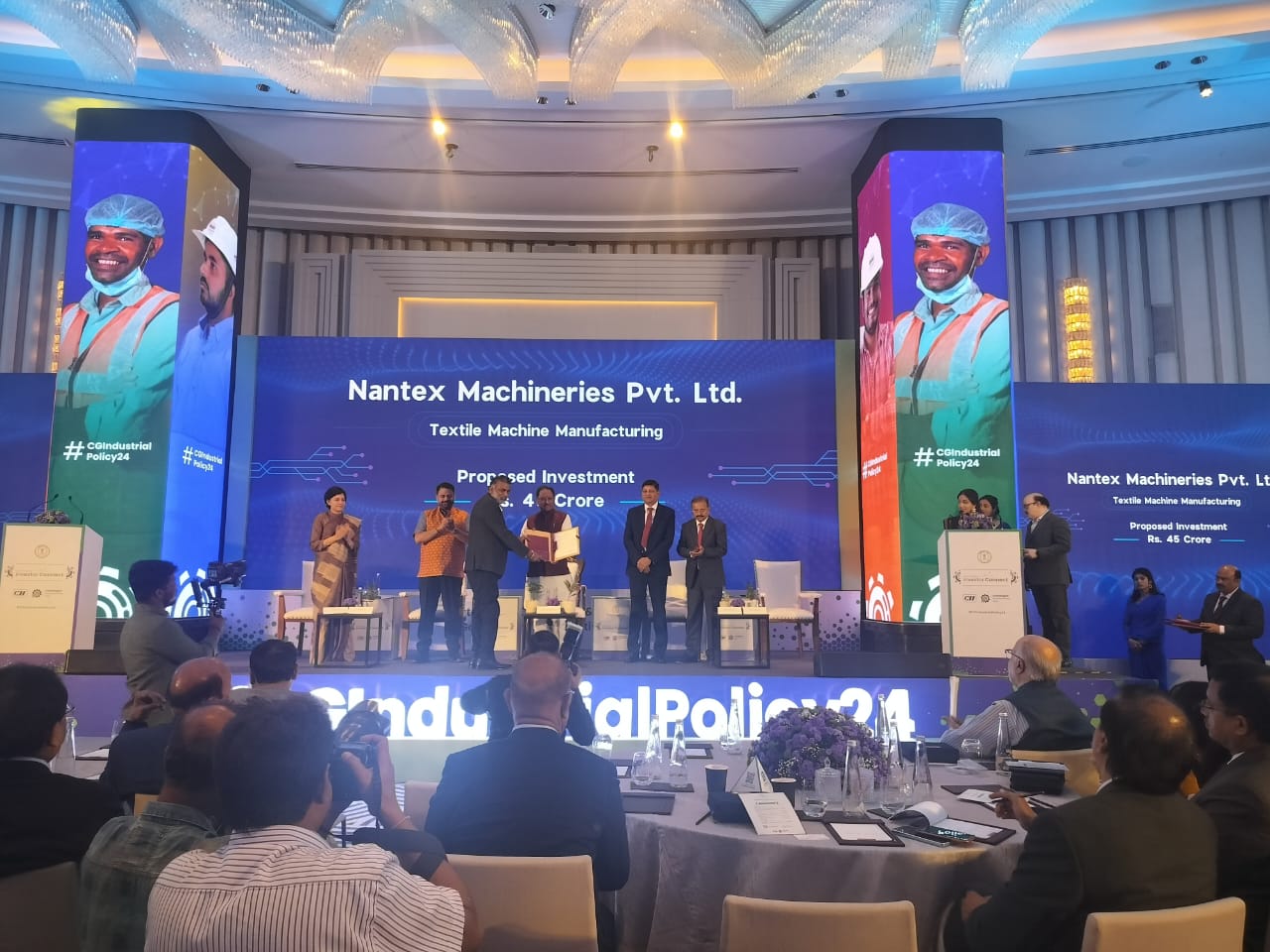





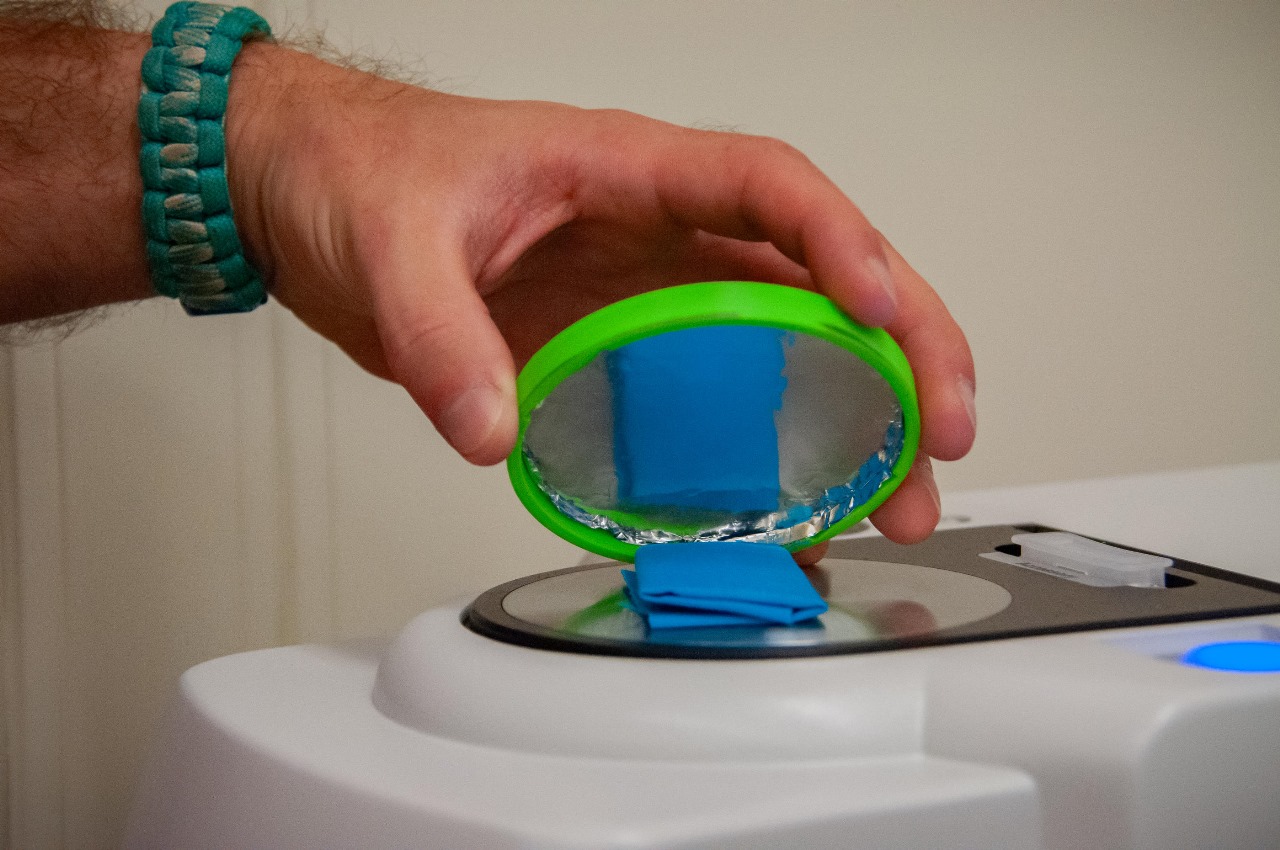




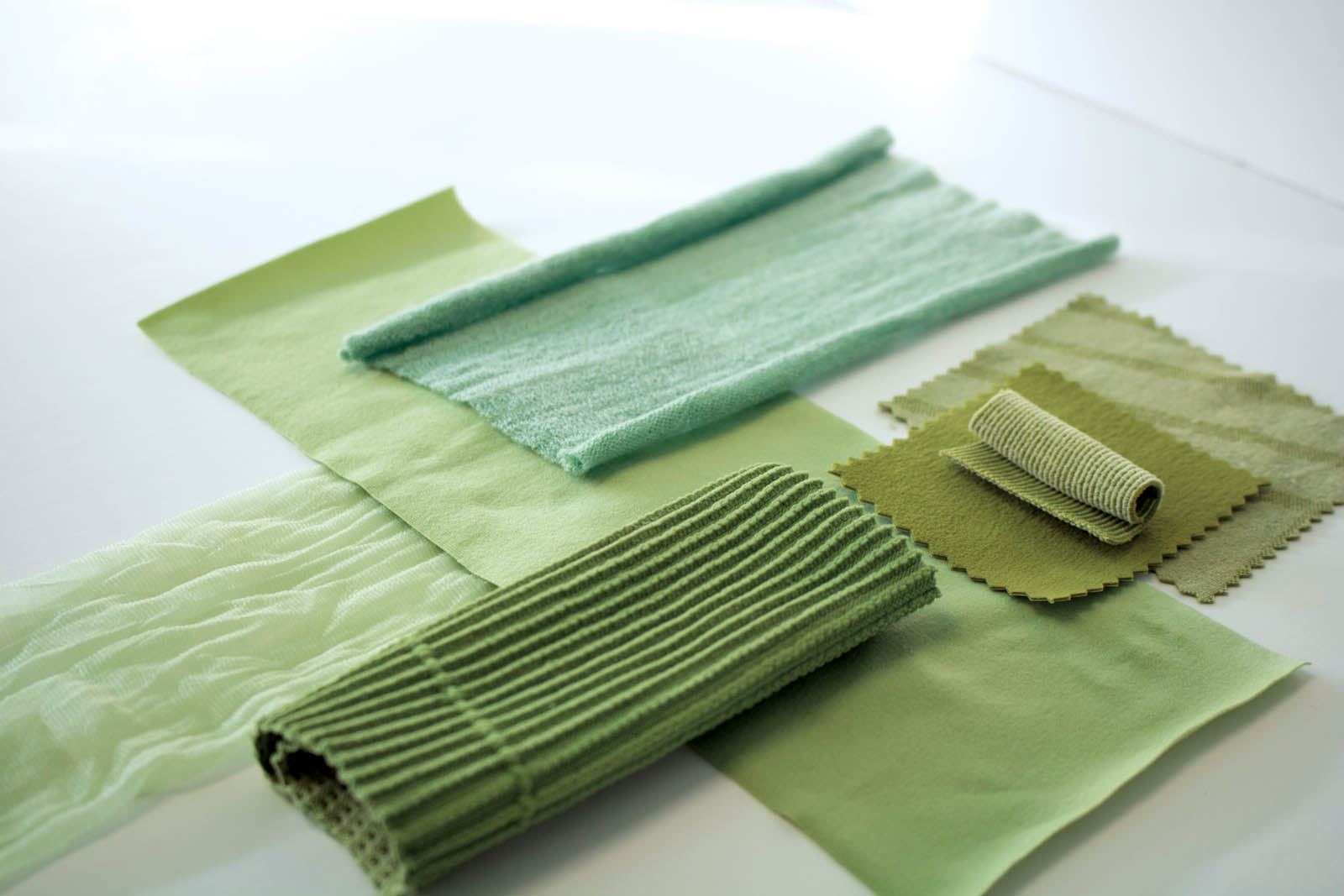





.png)



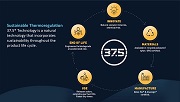








.jpg)
.jpg)









1.jpeg)
